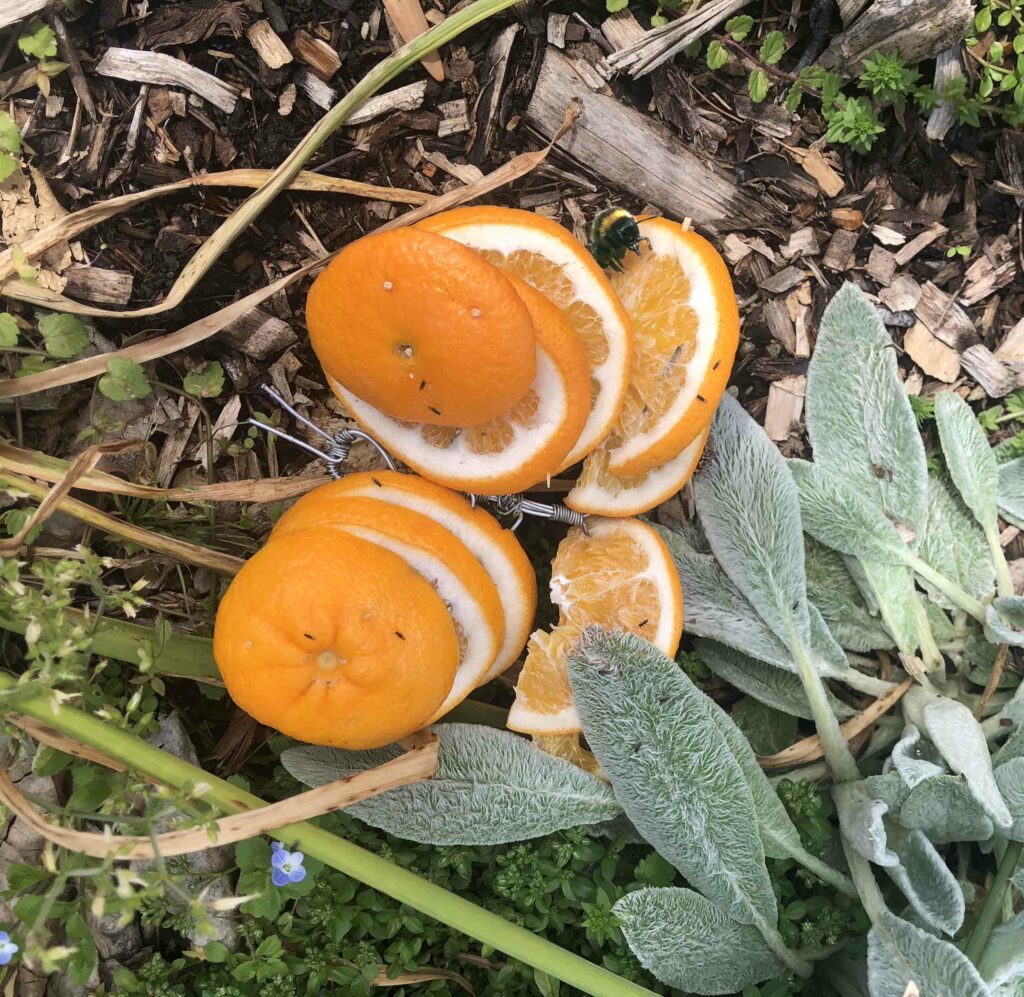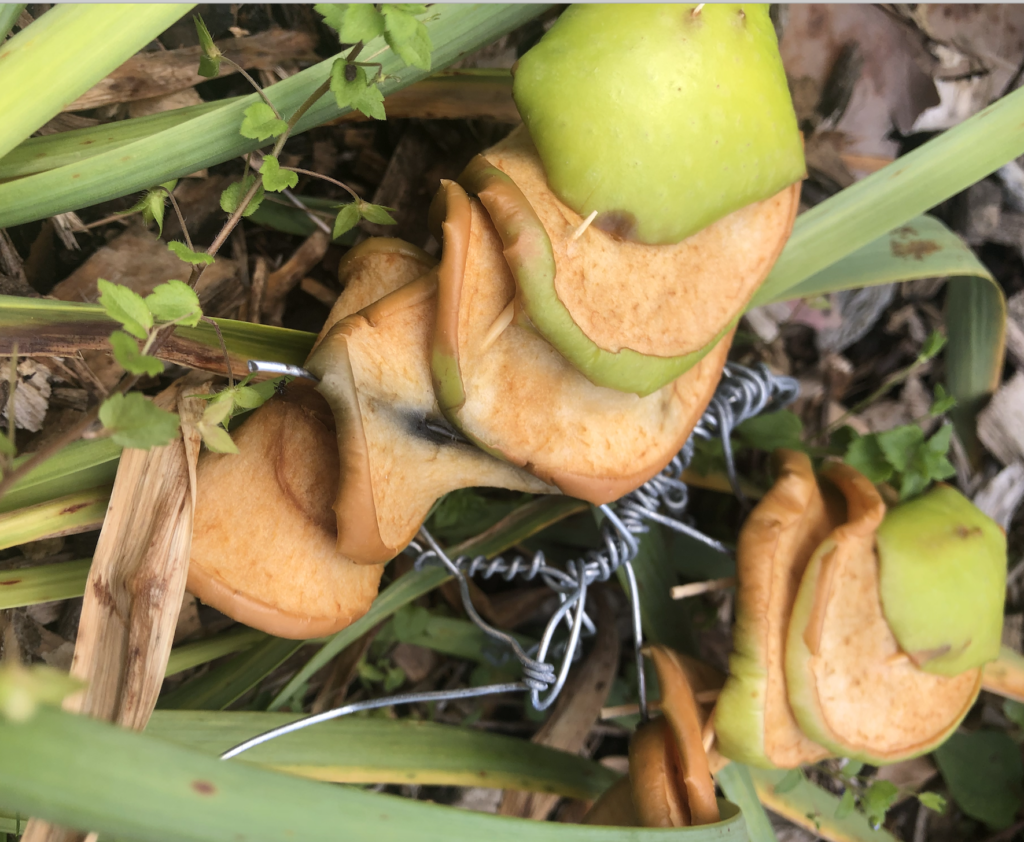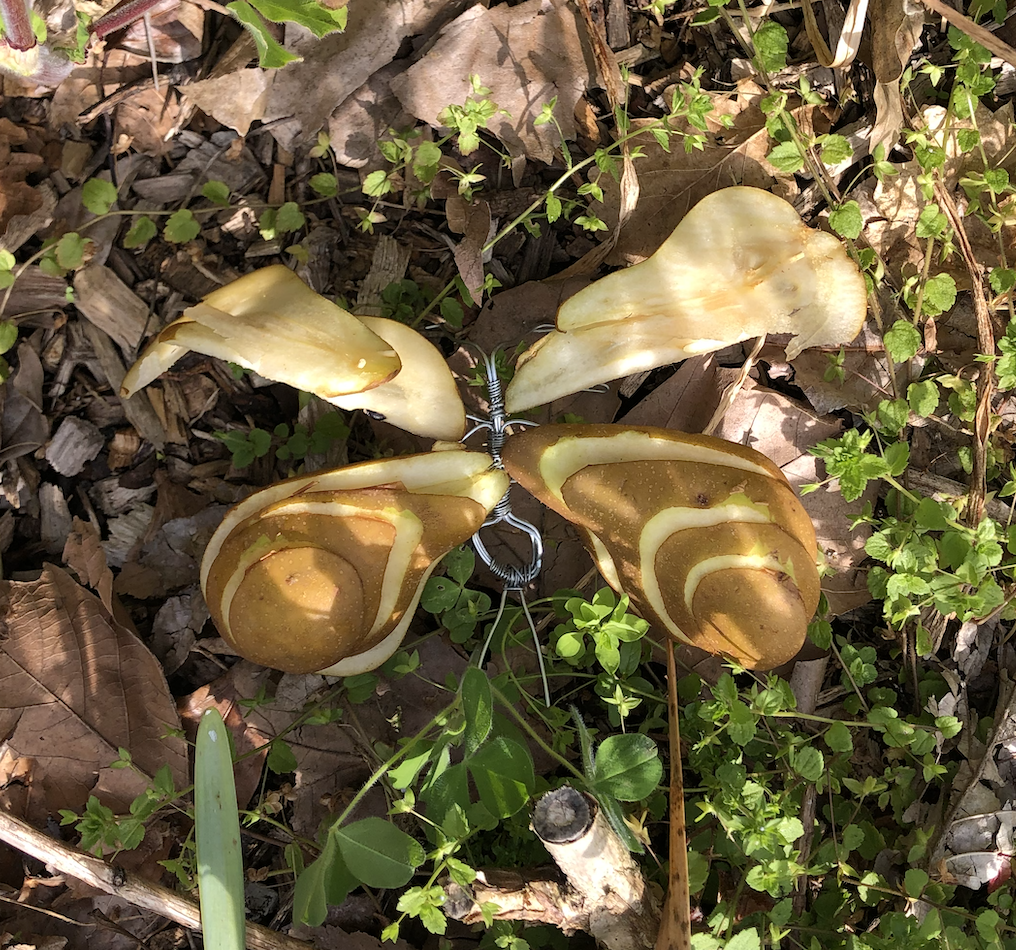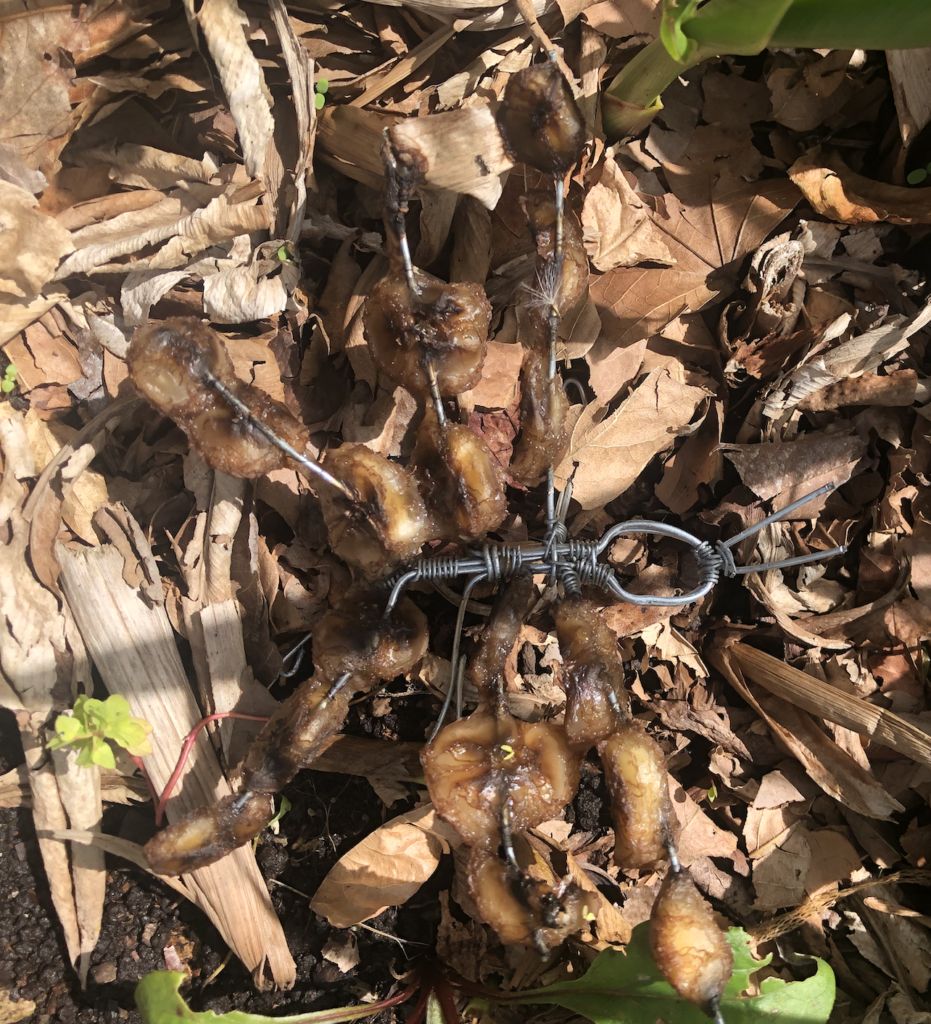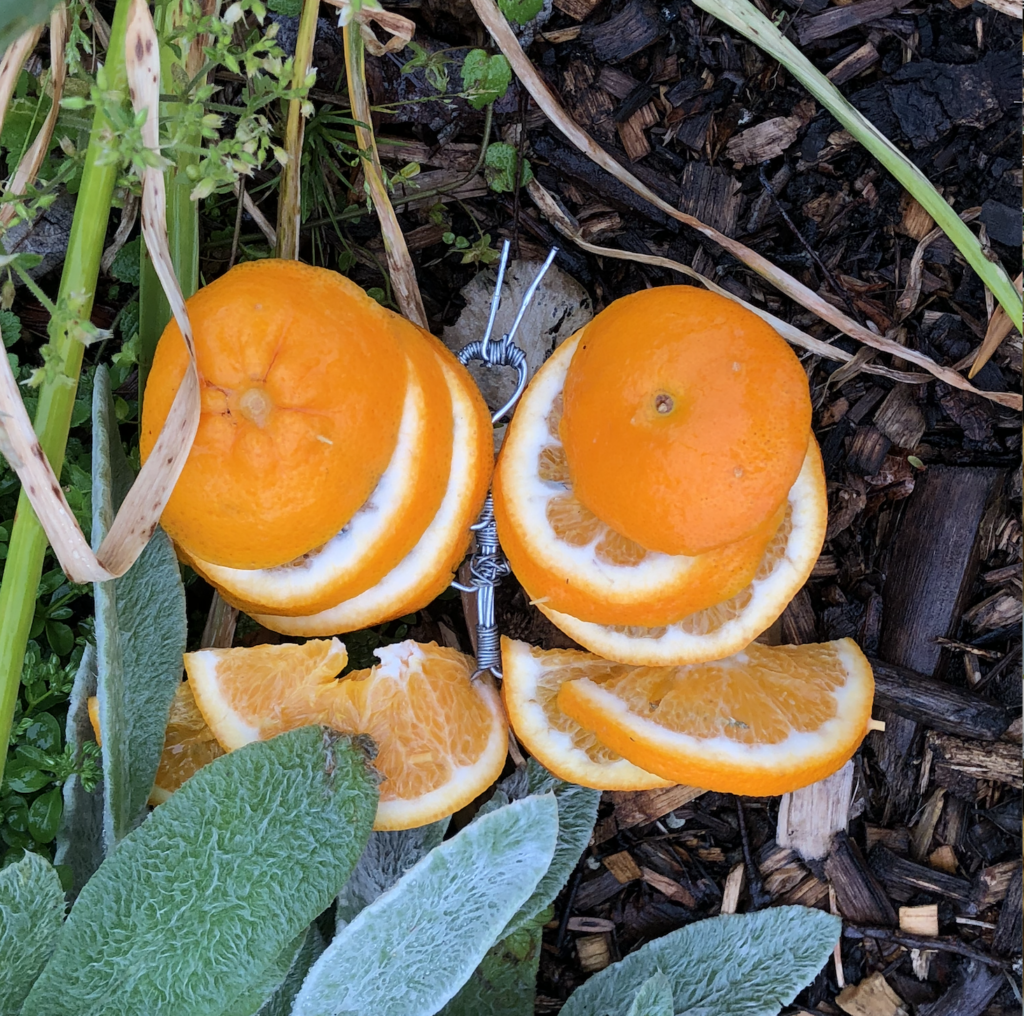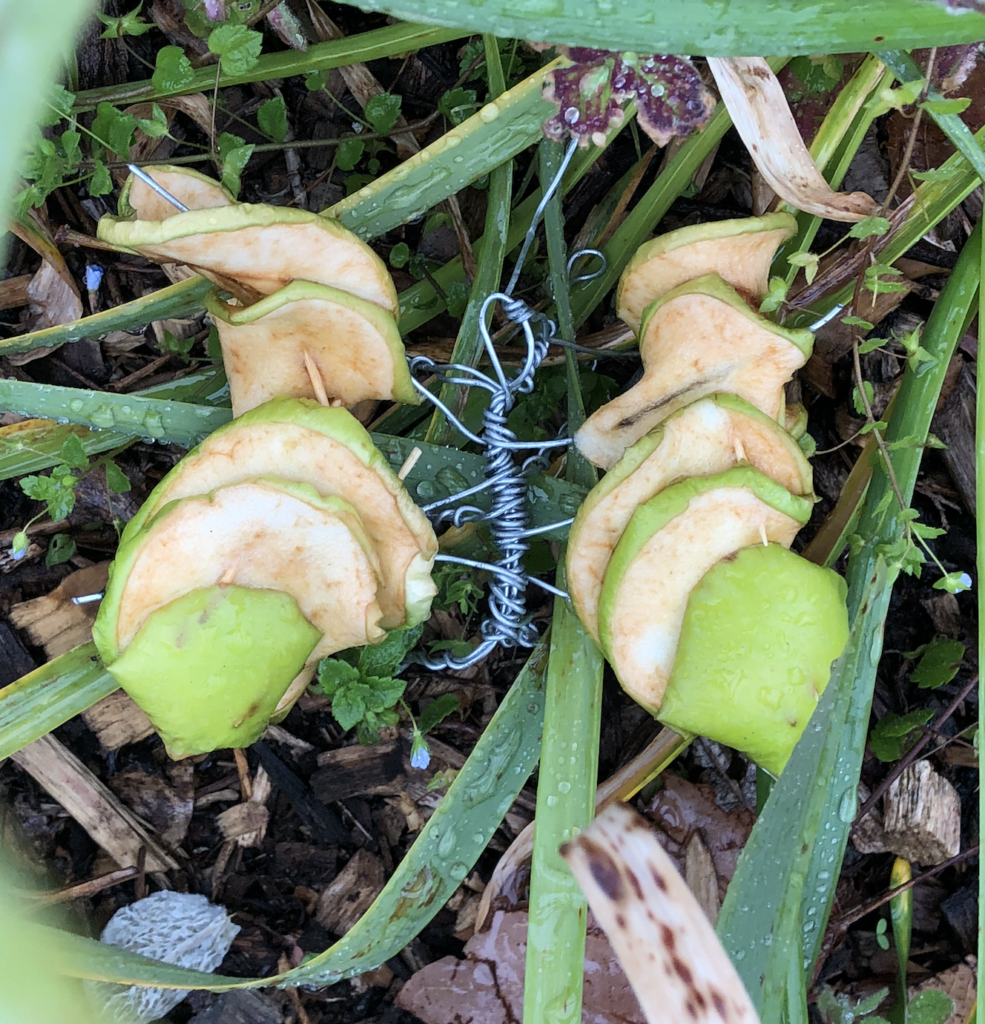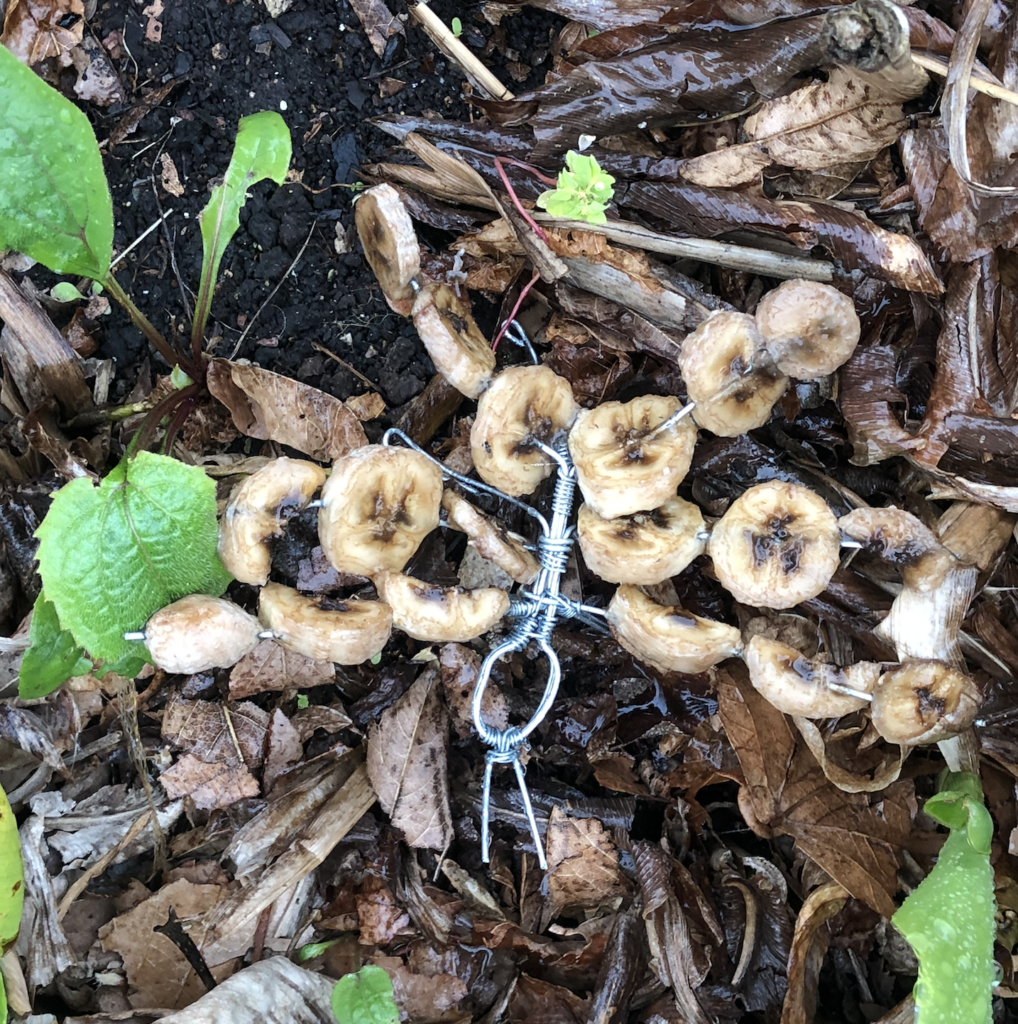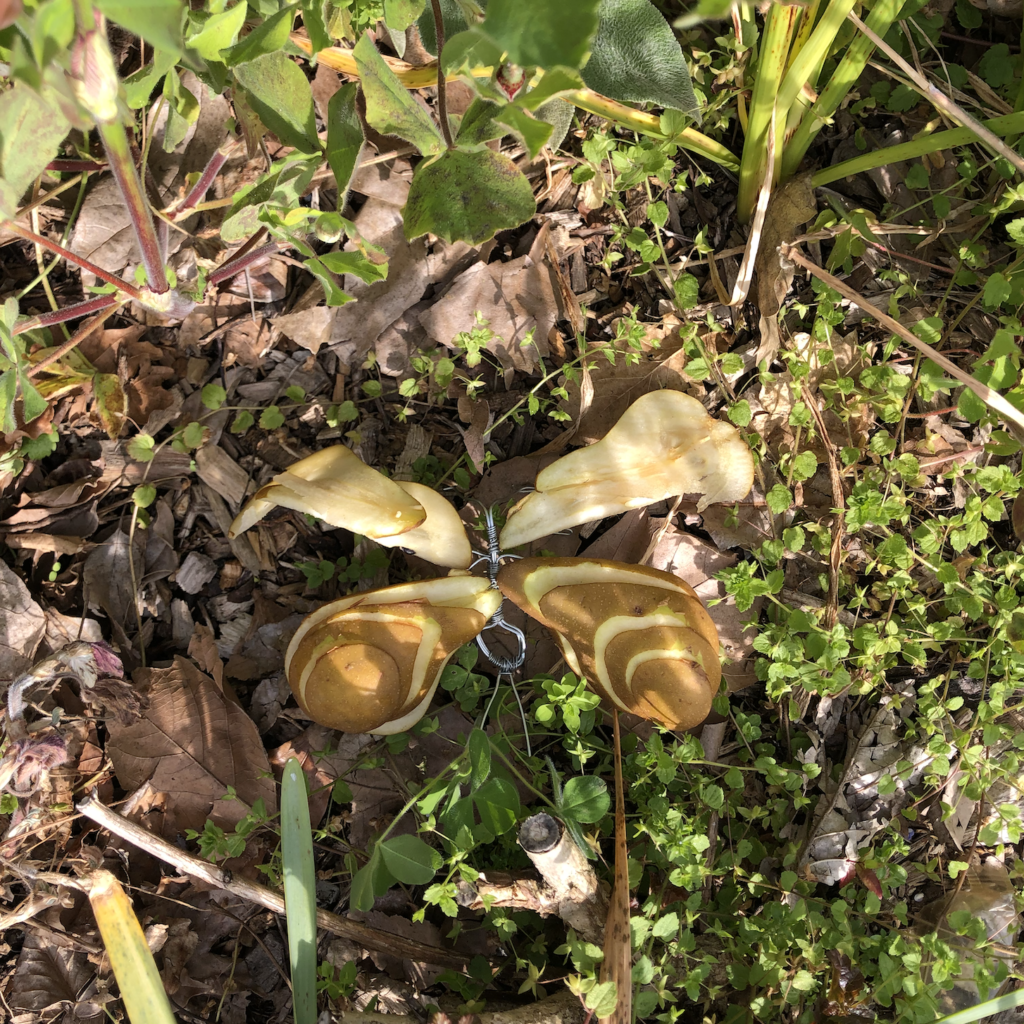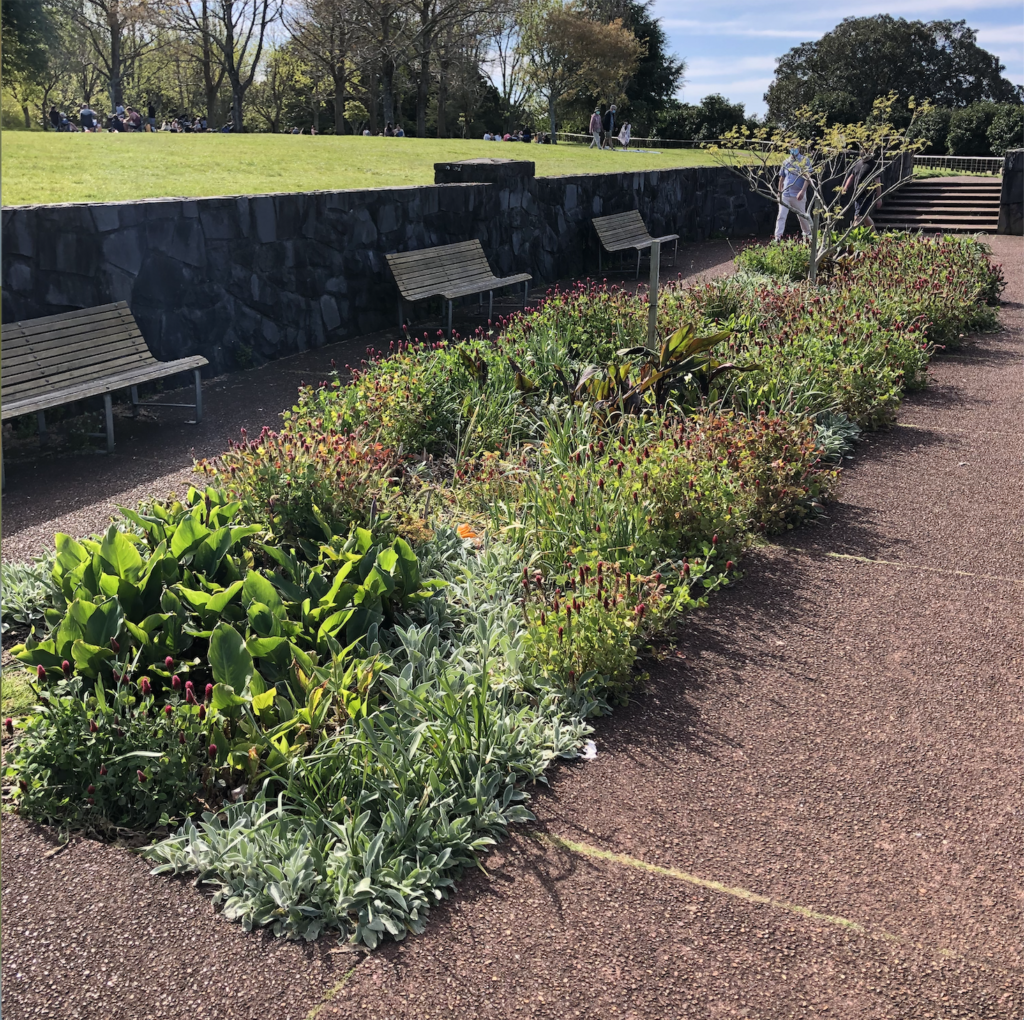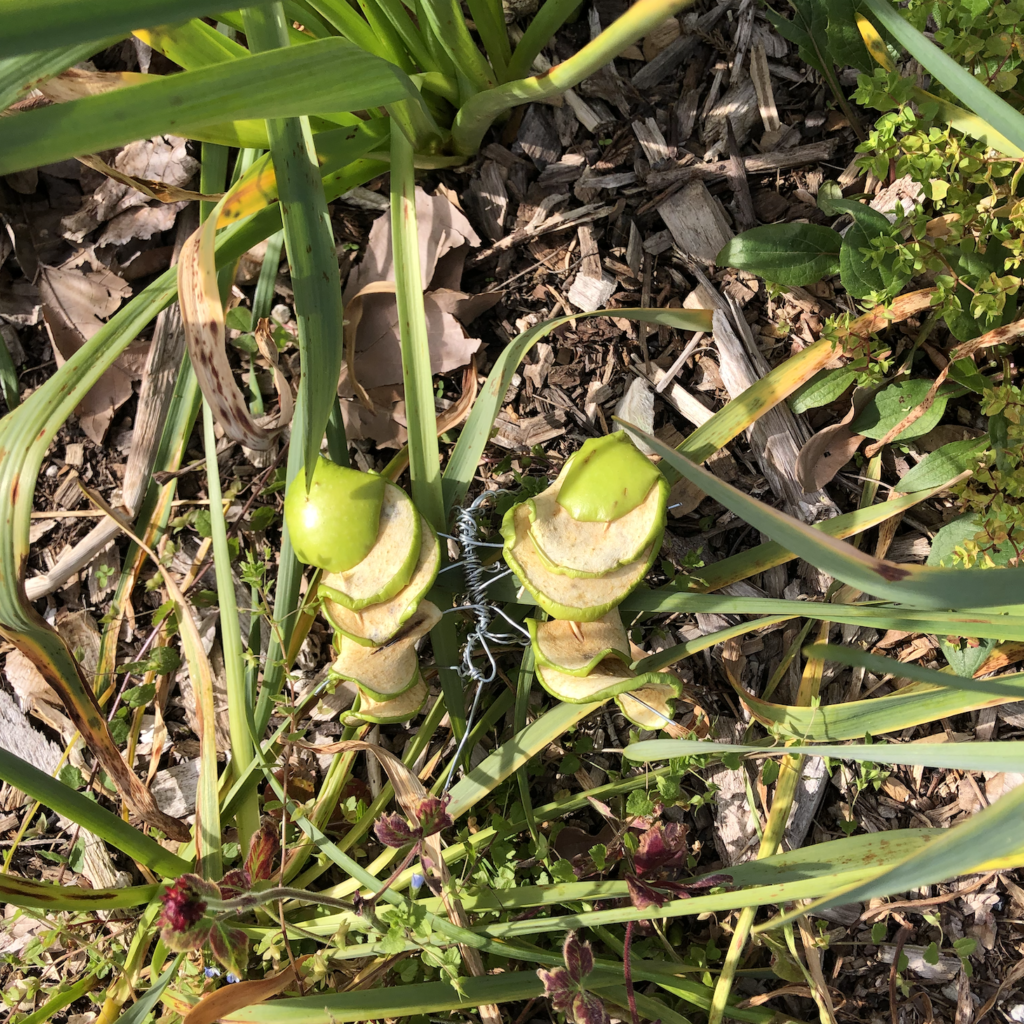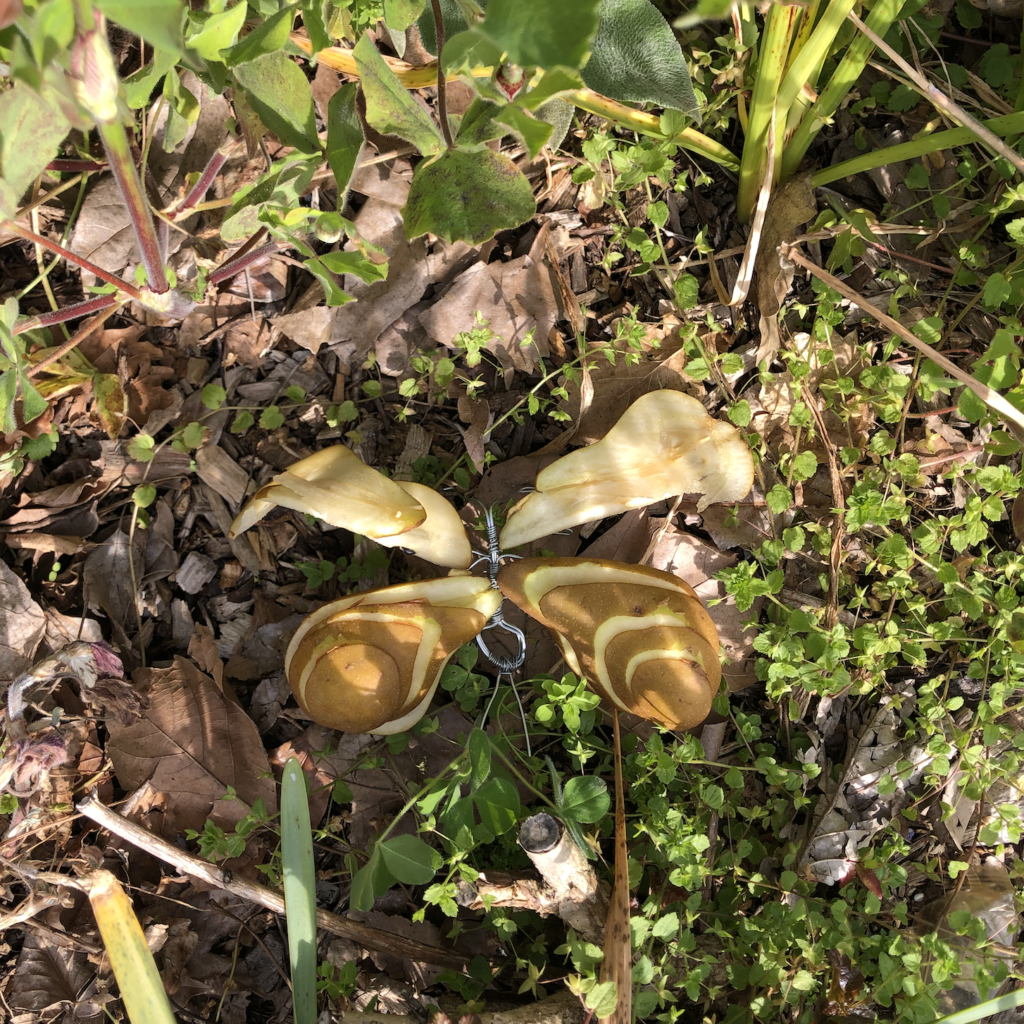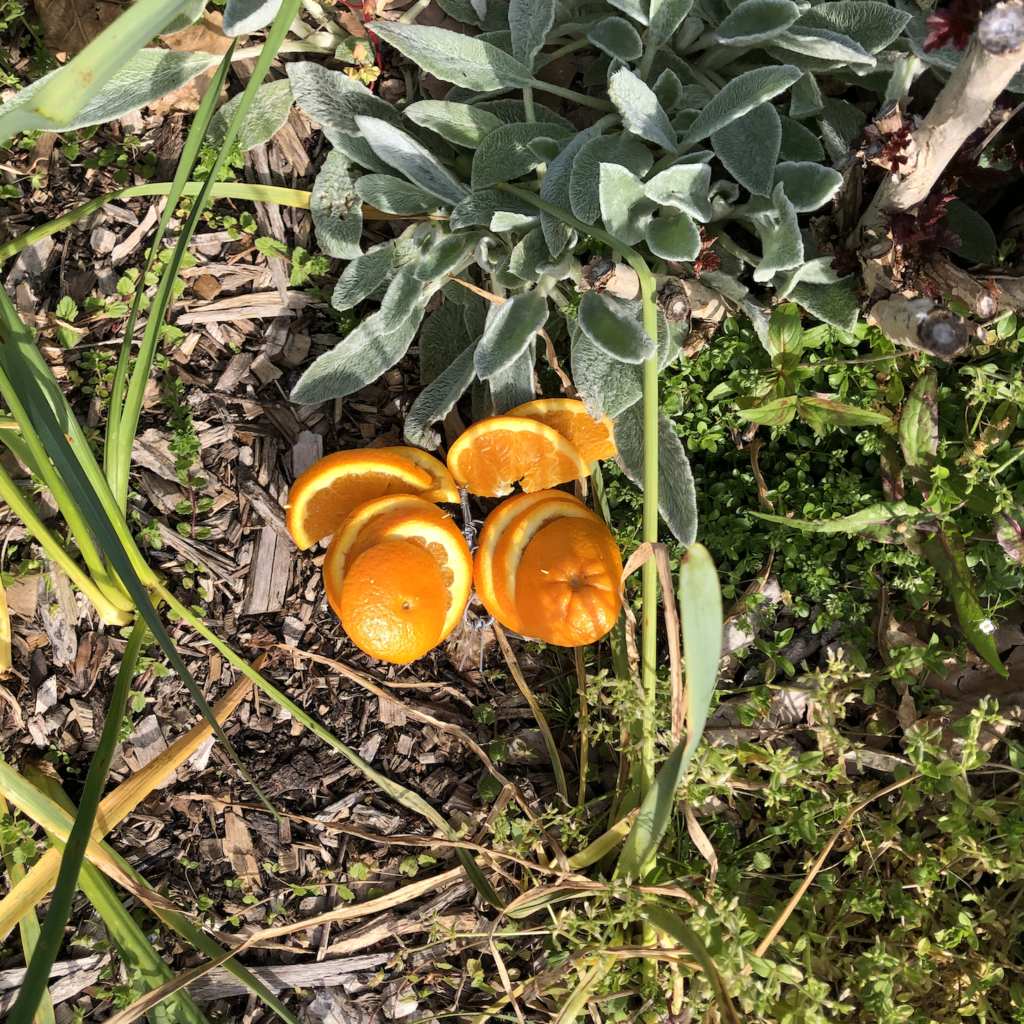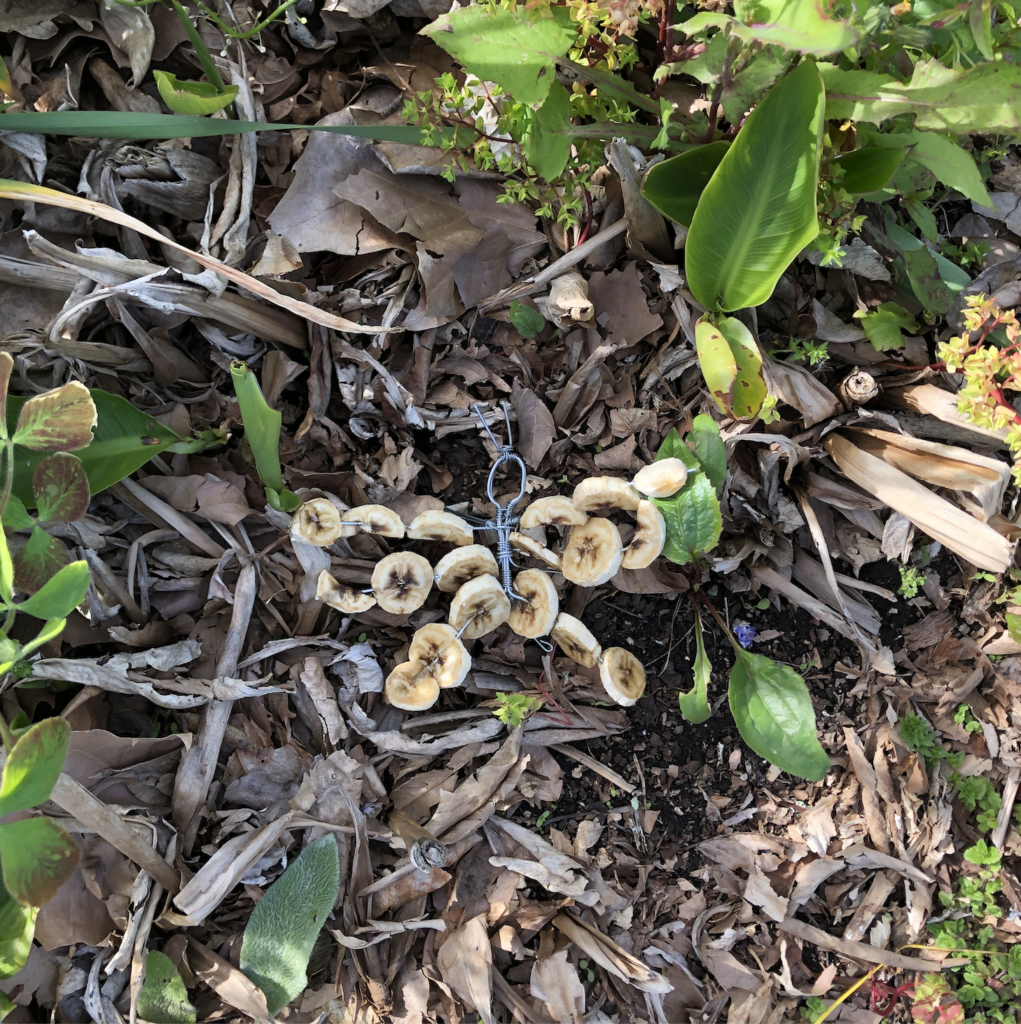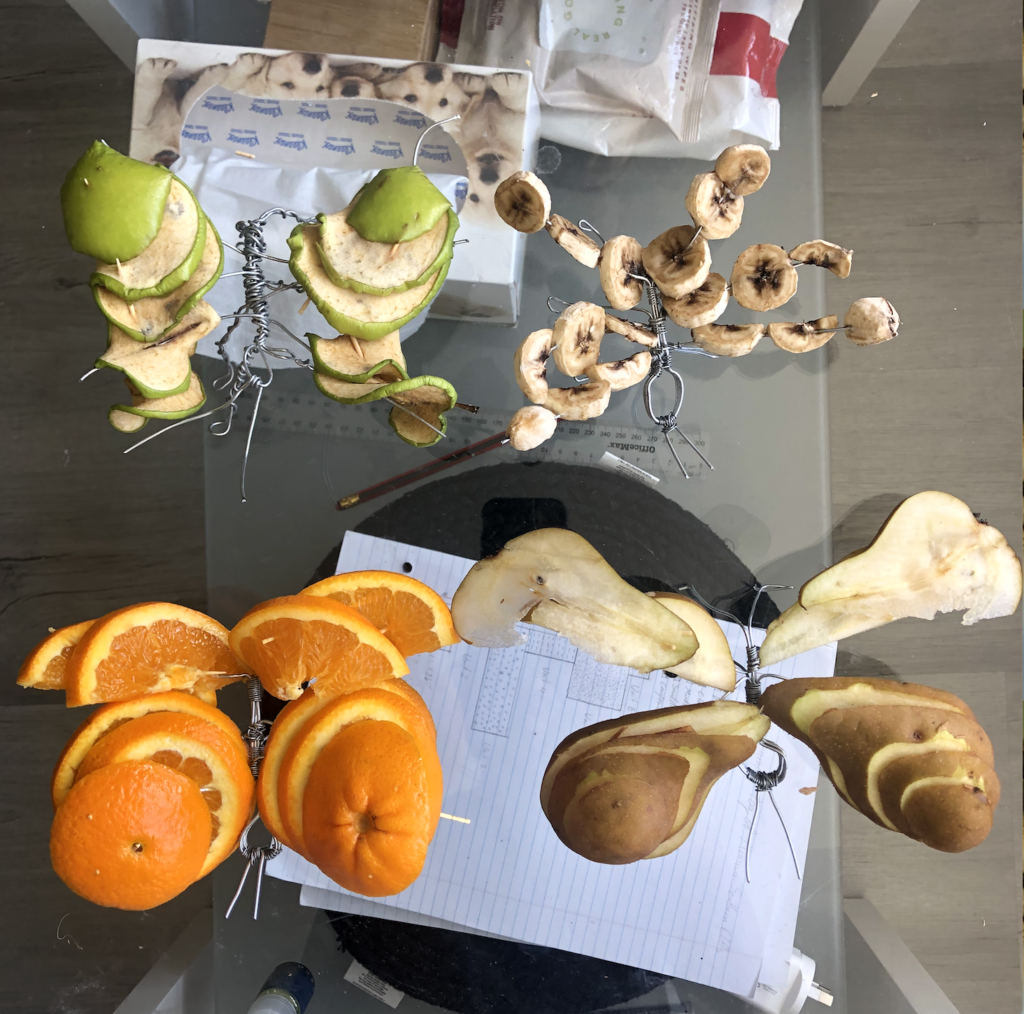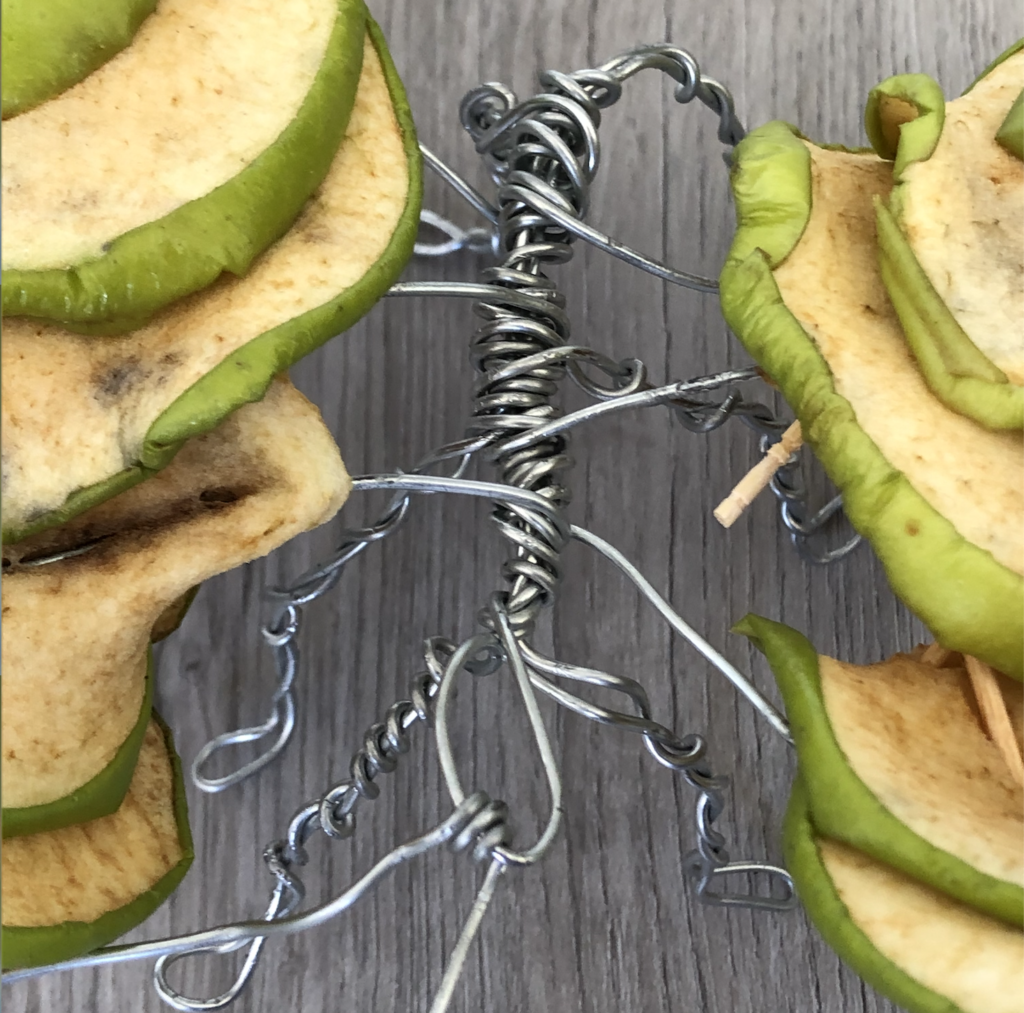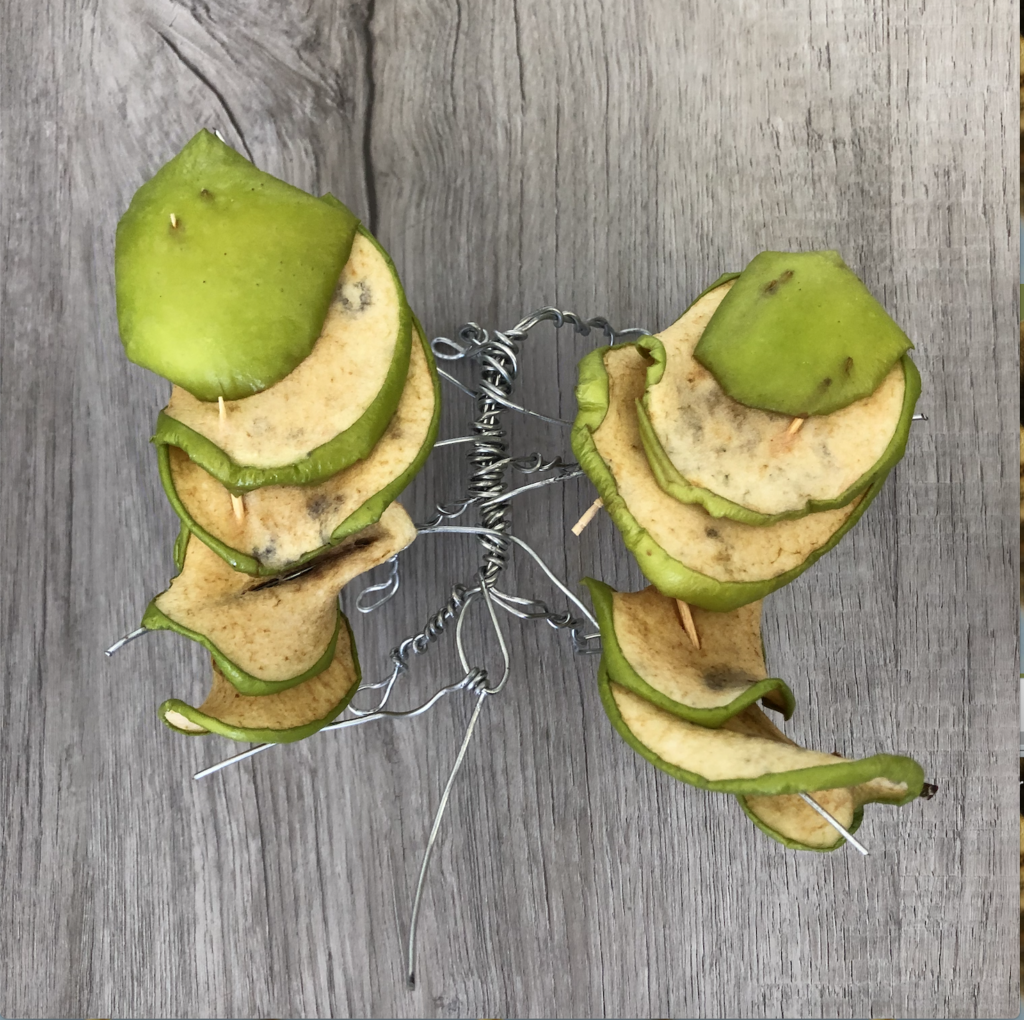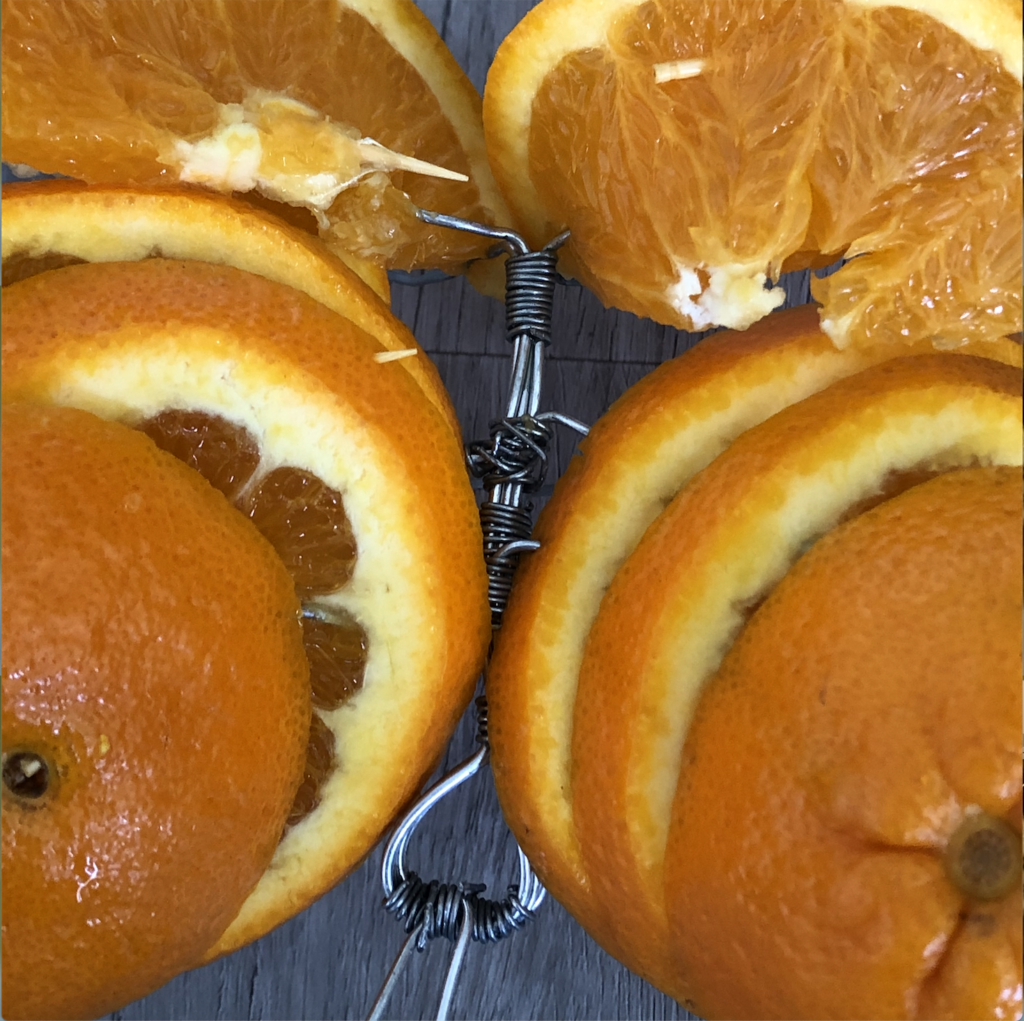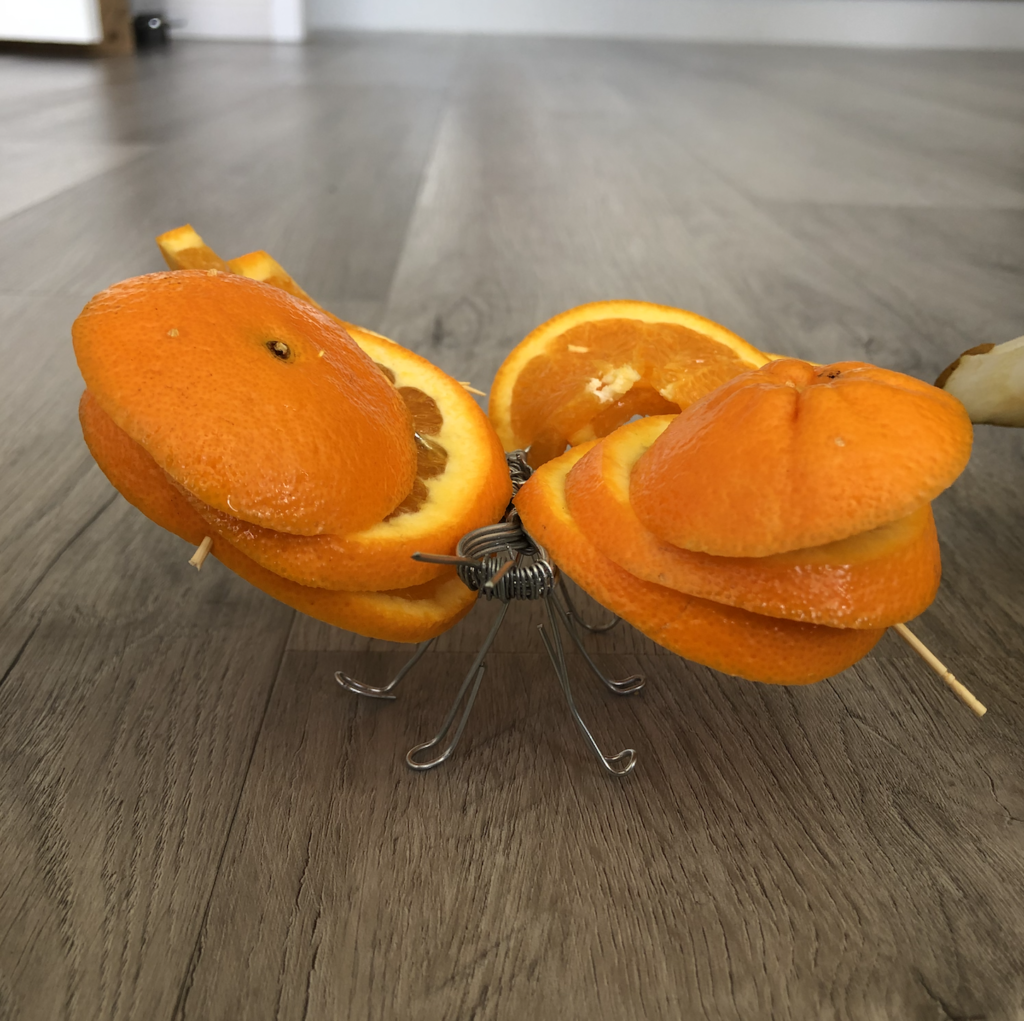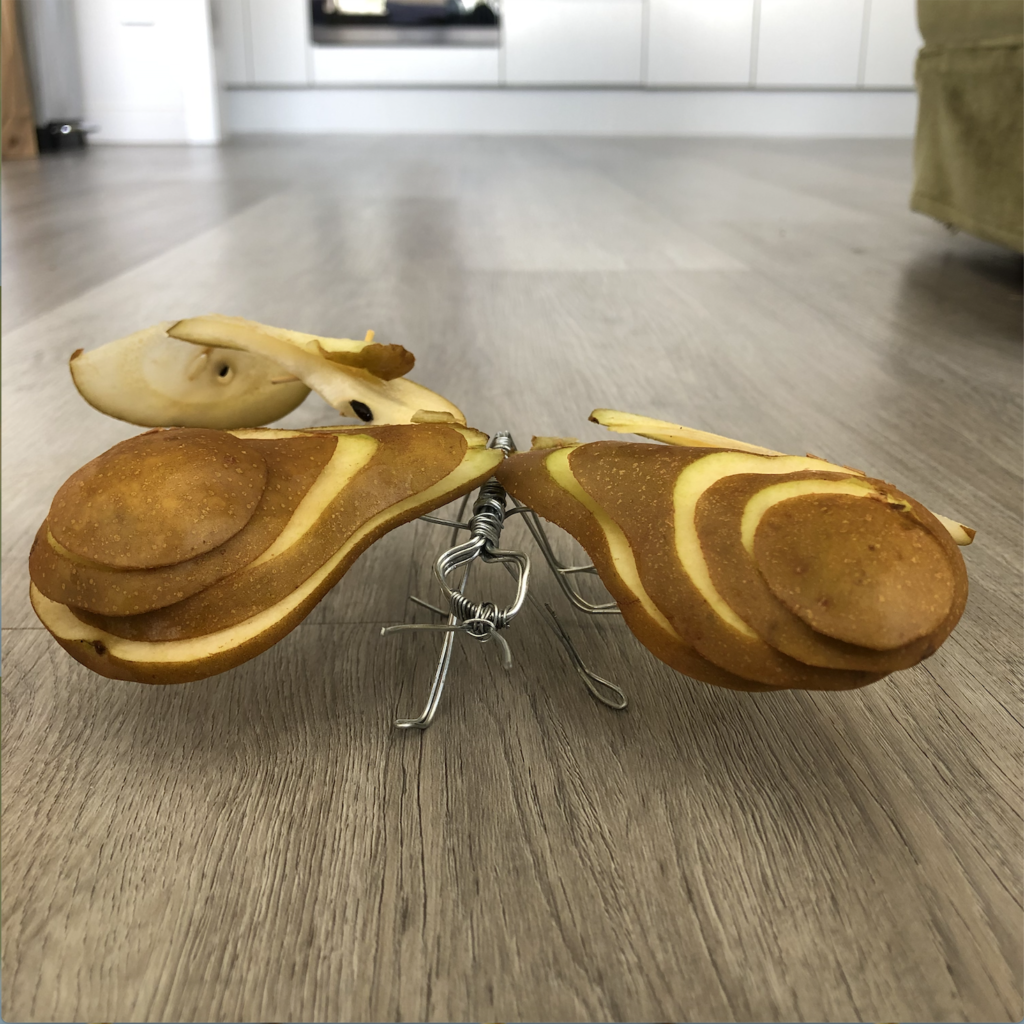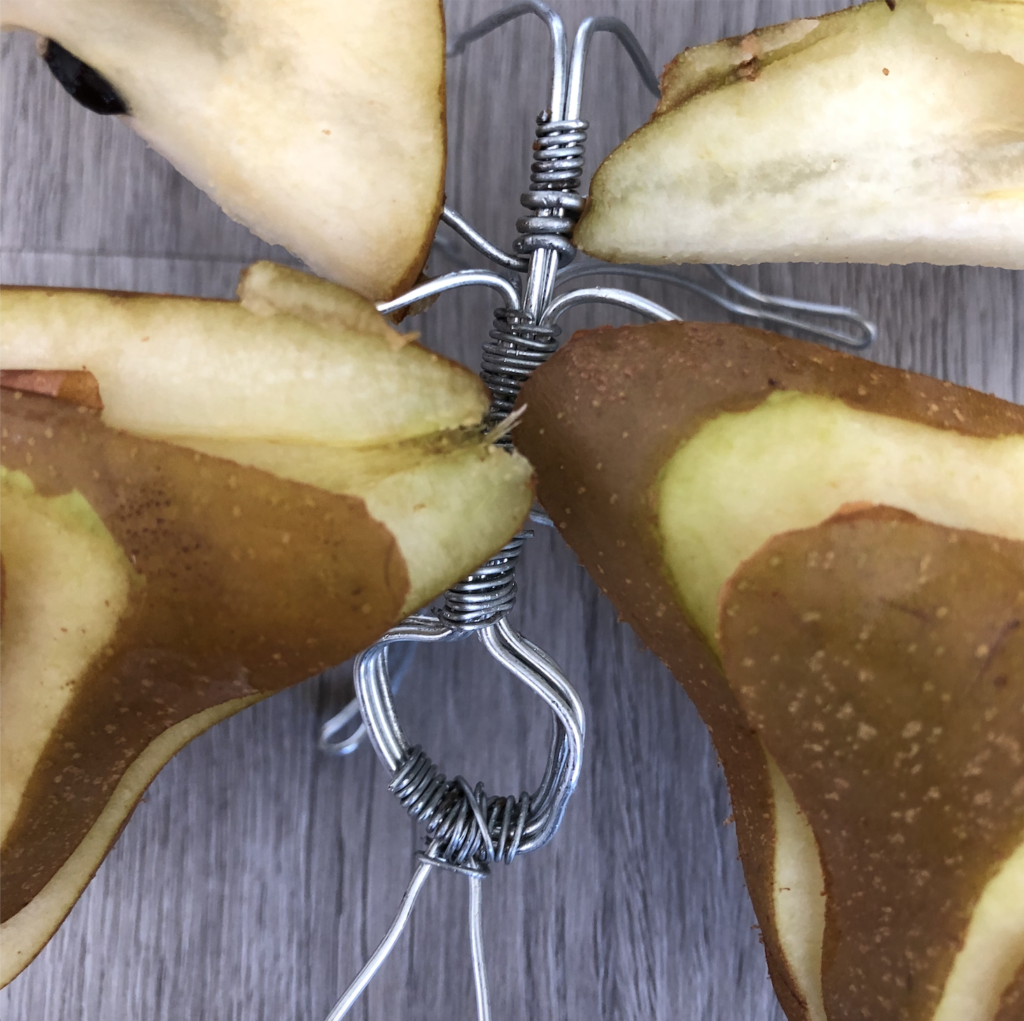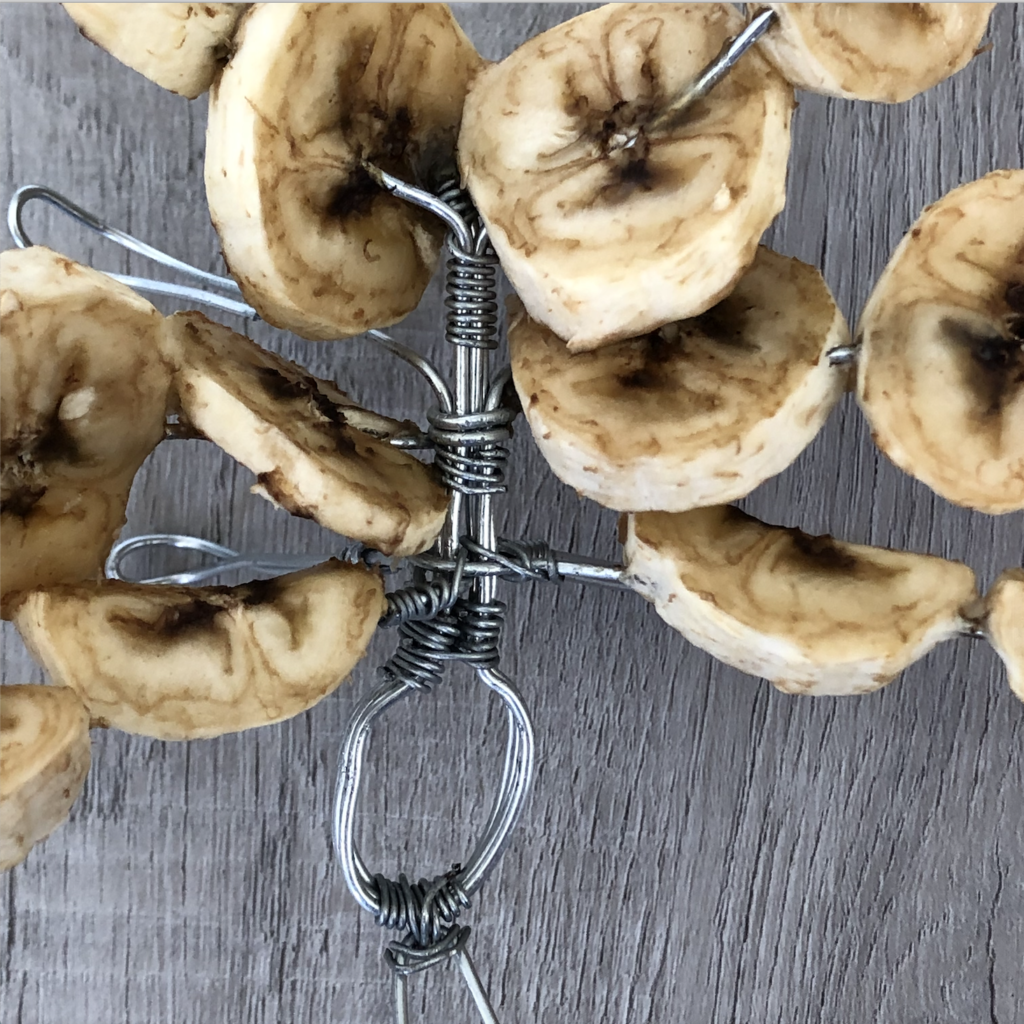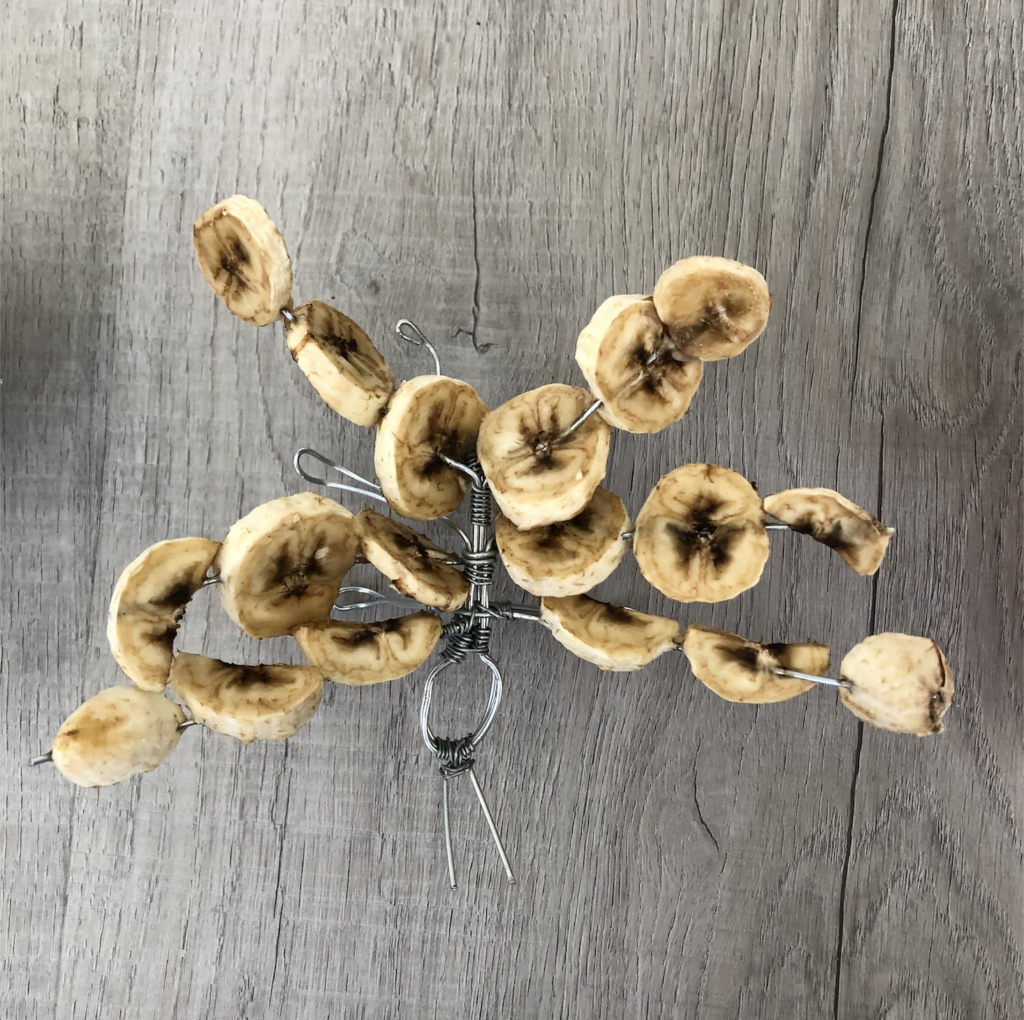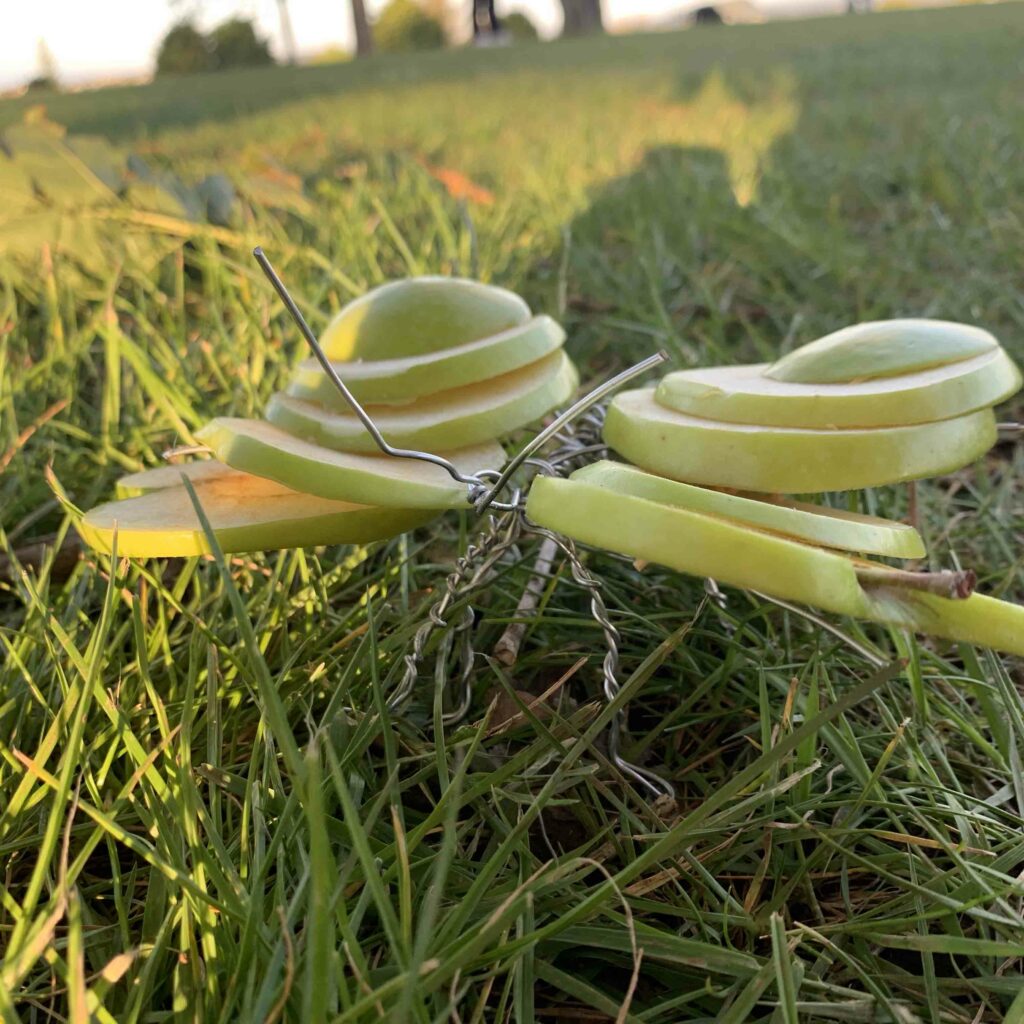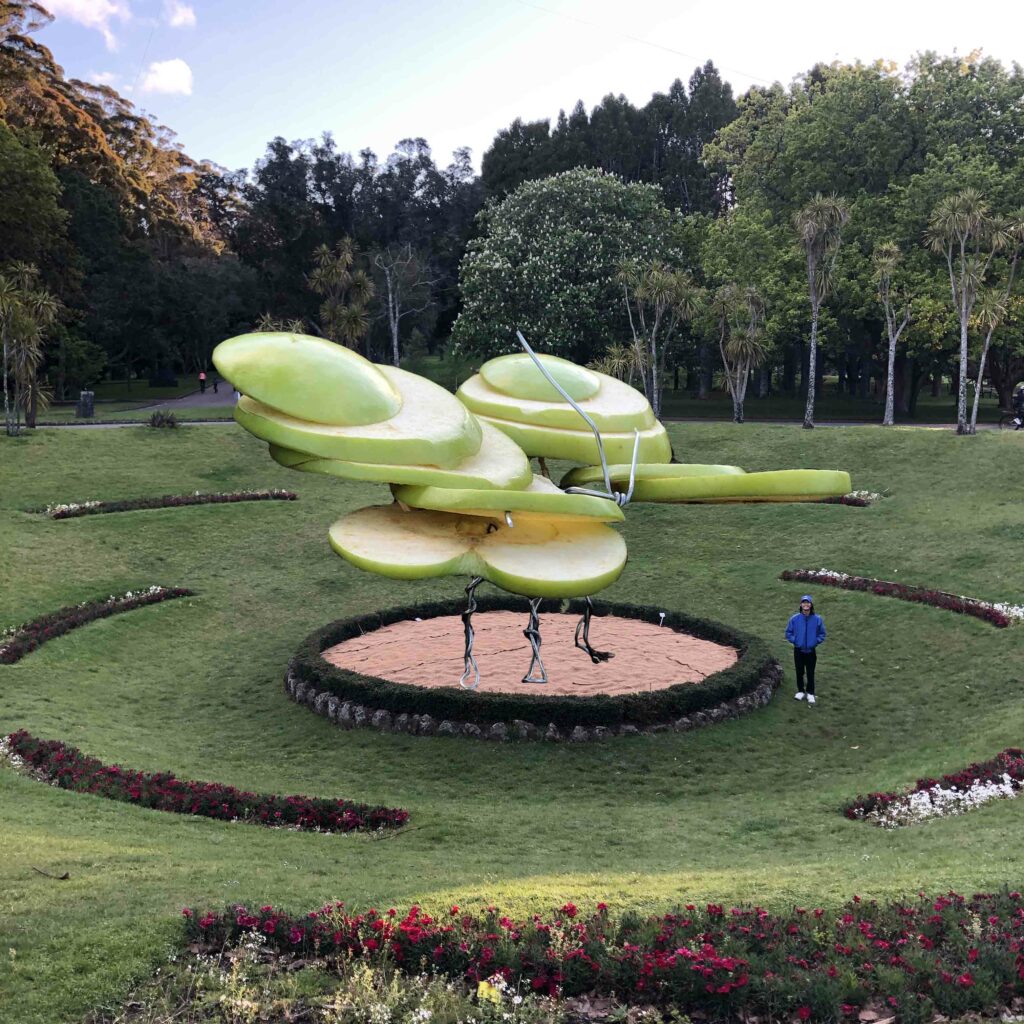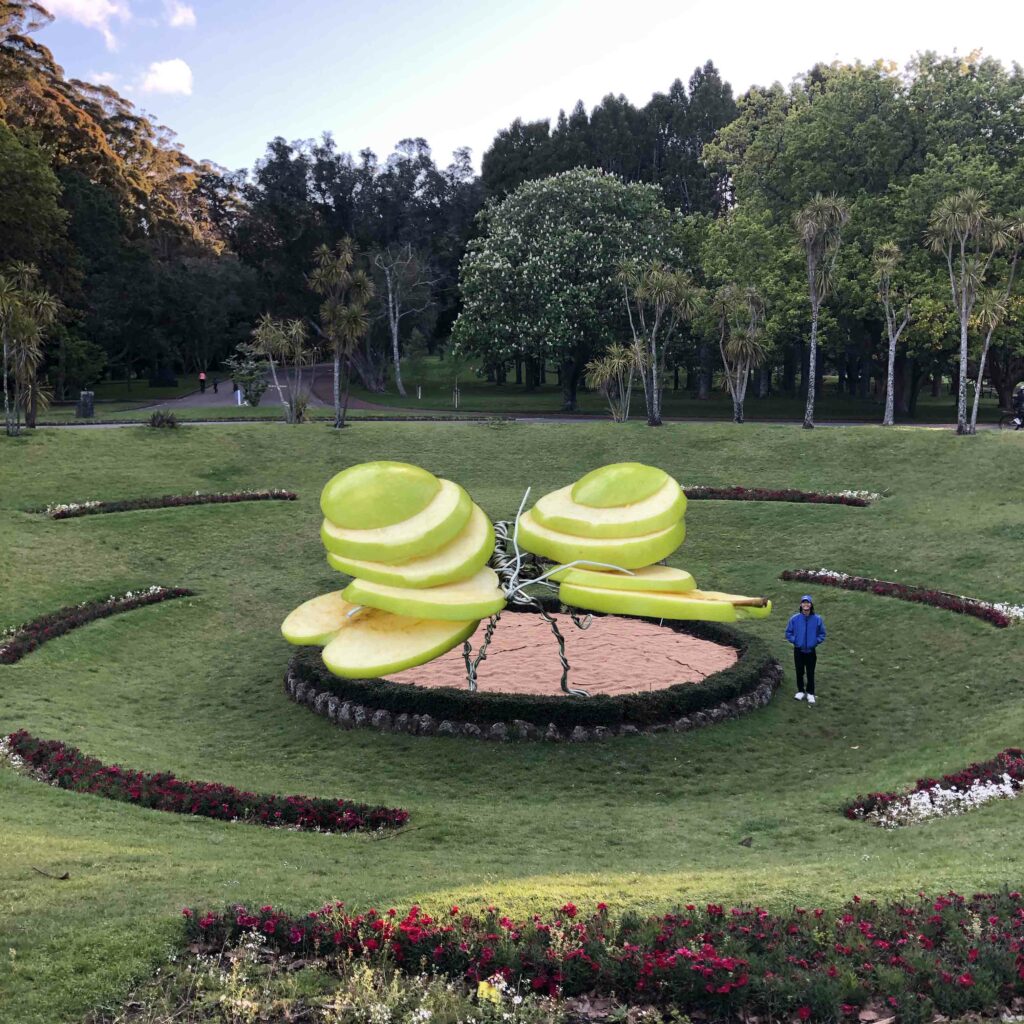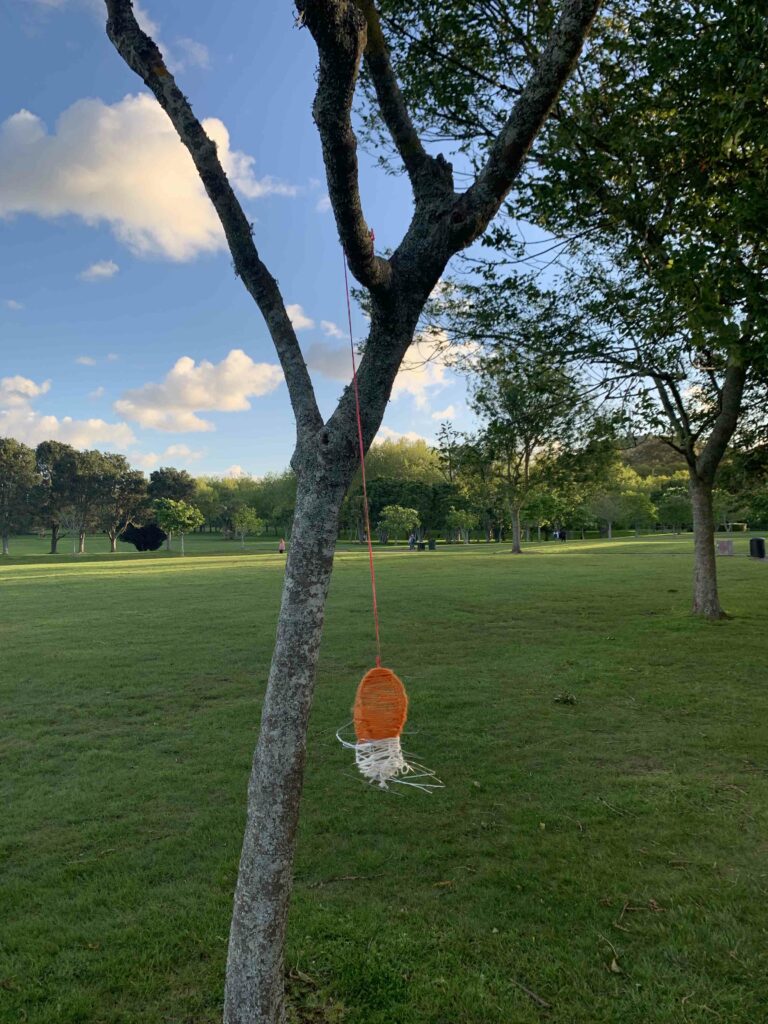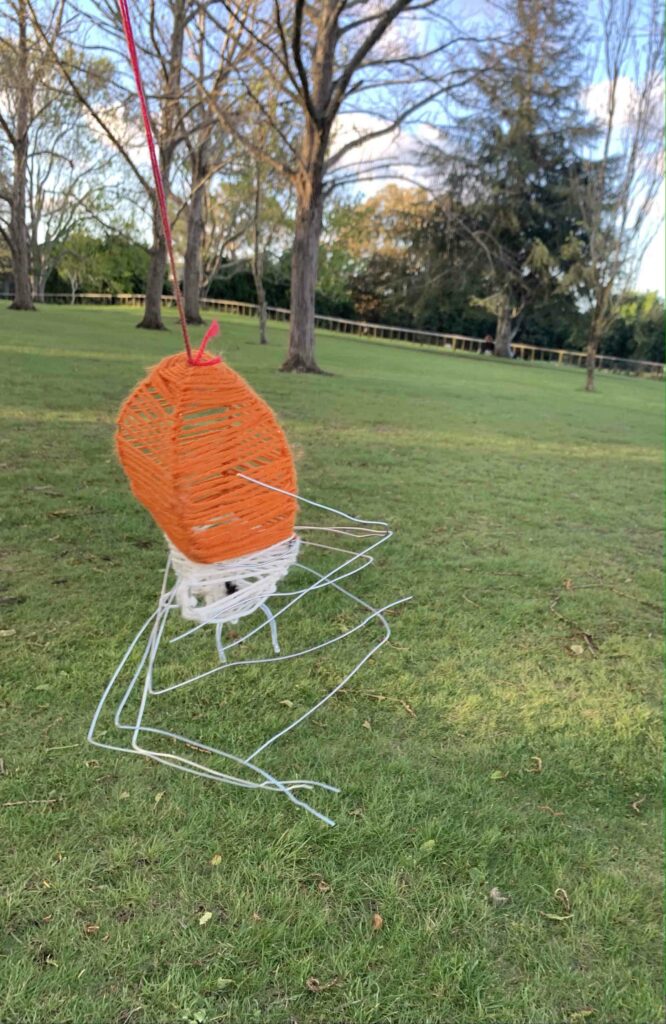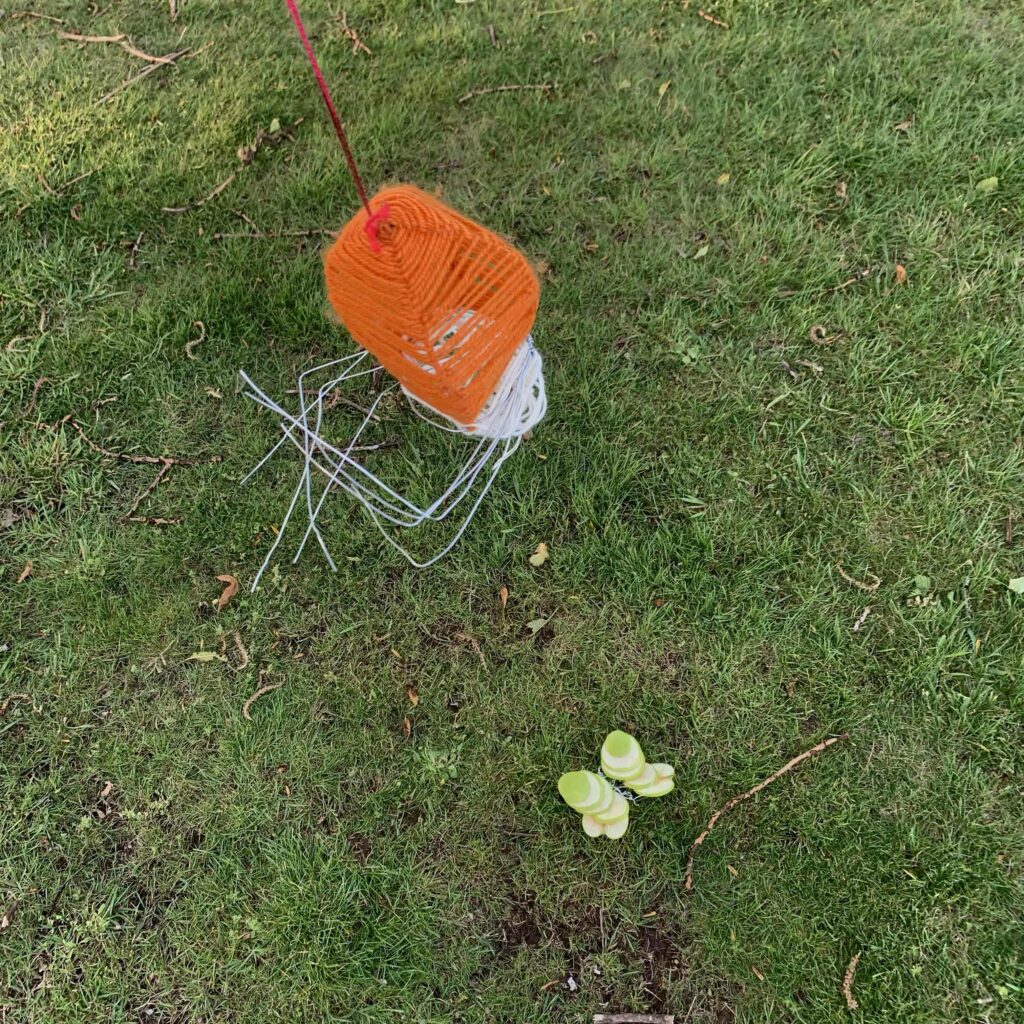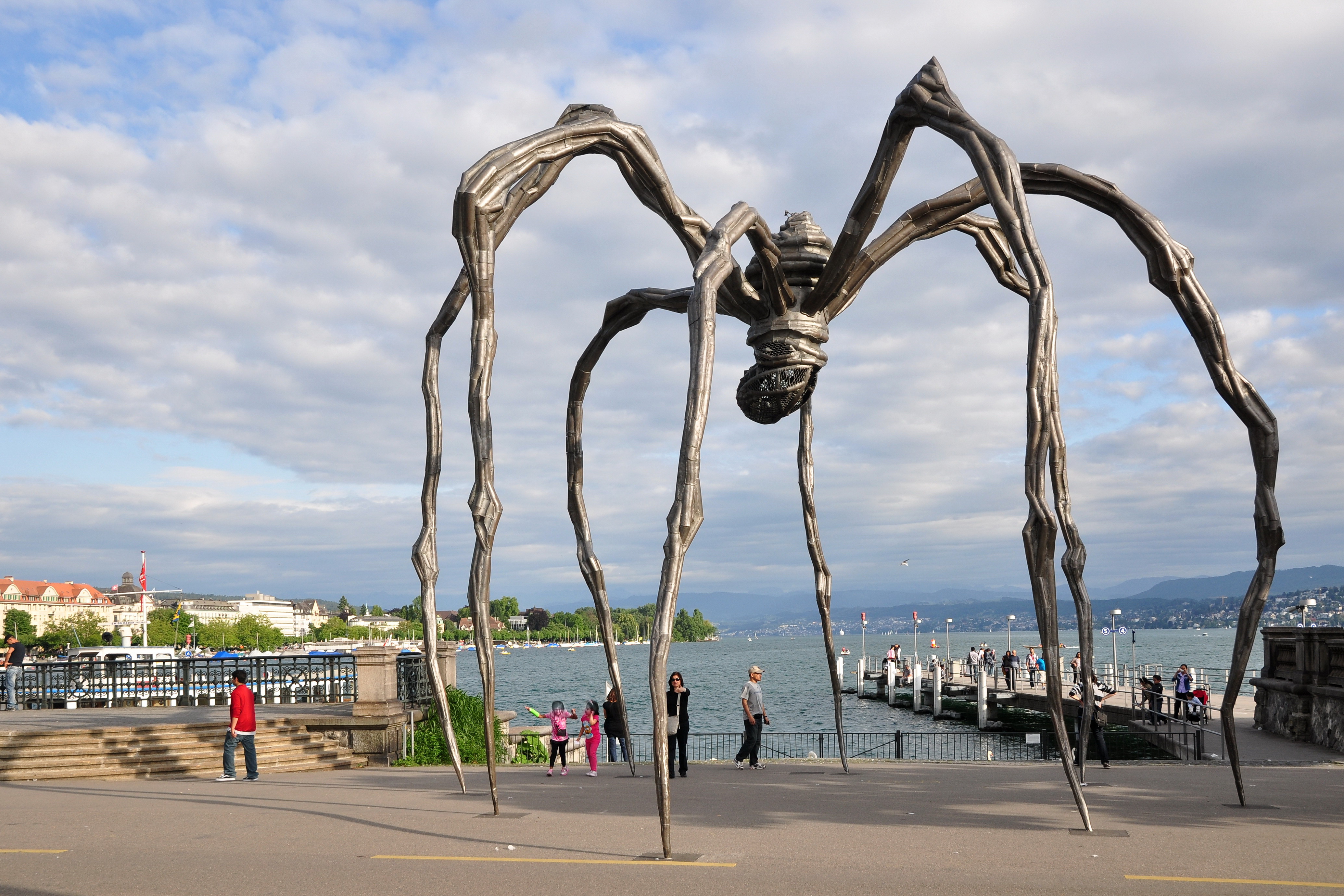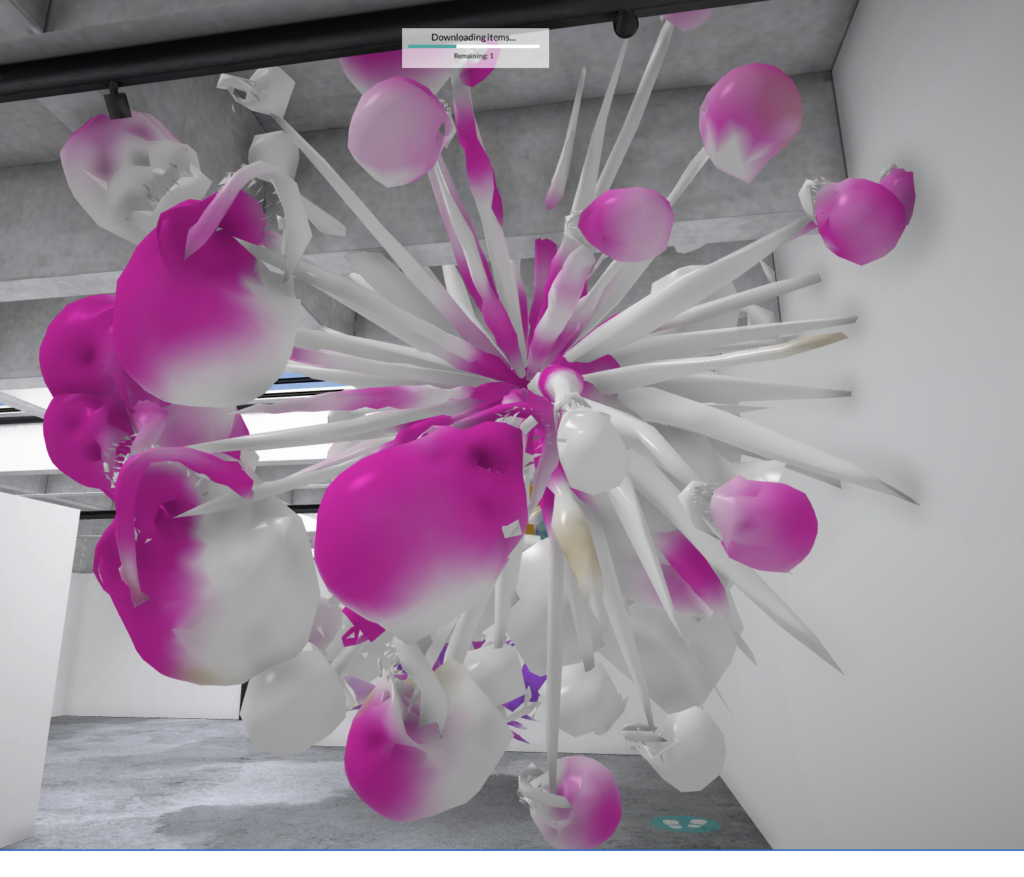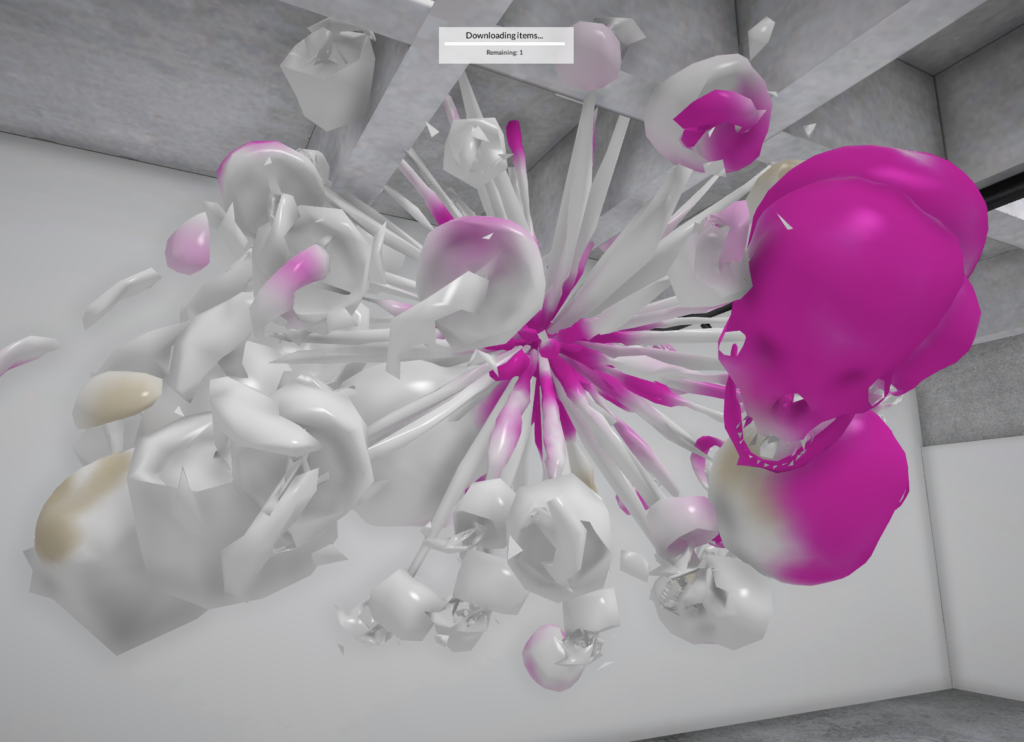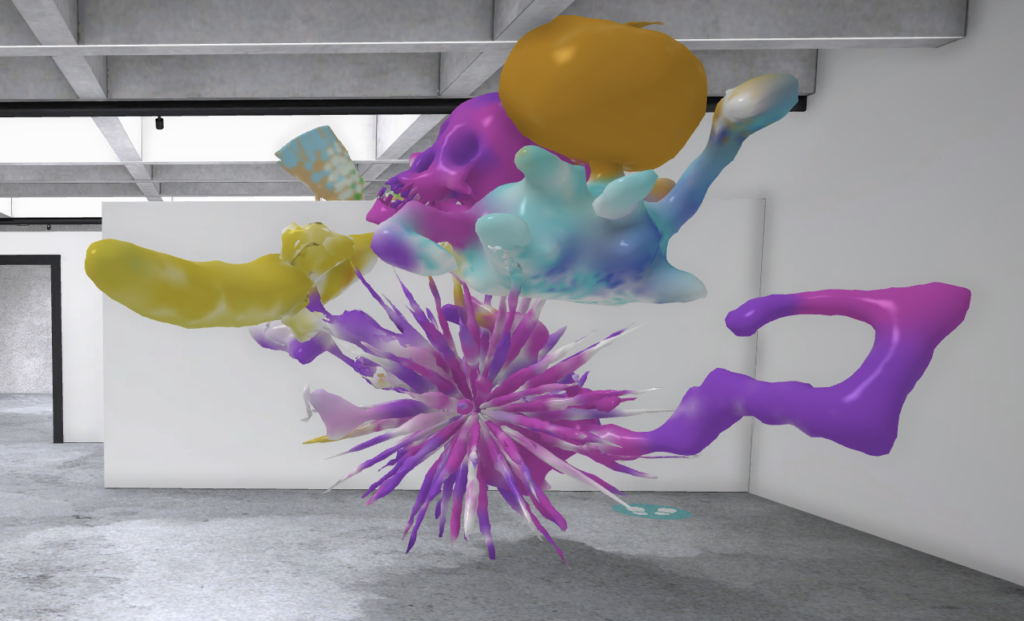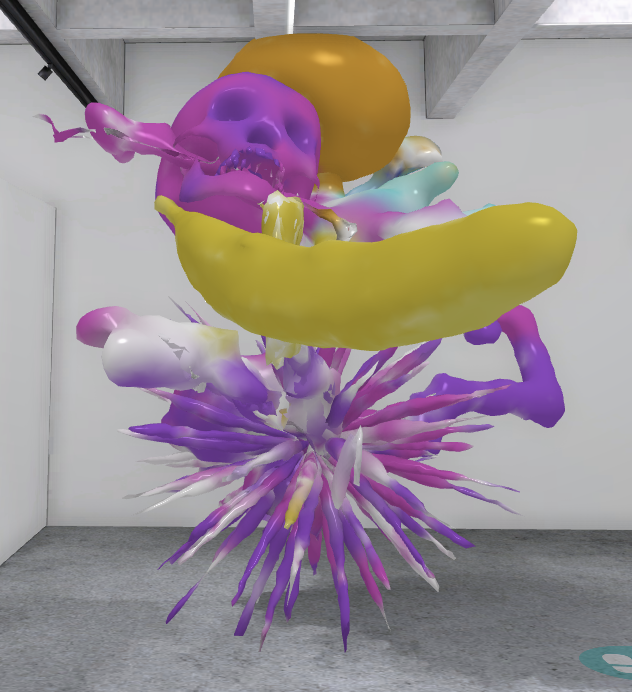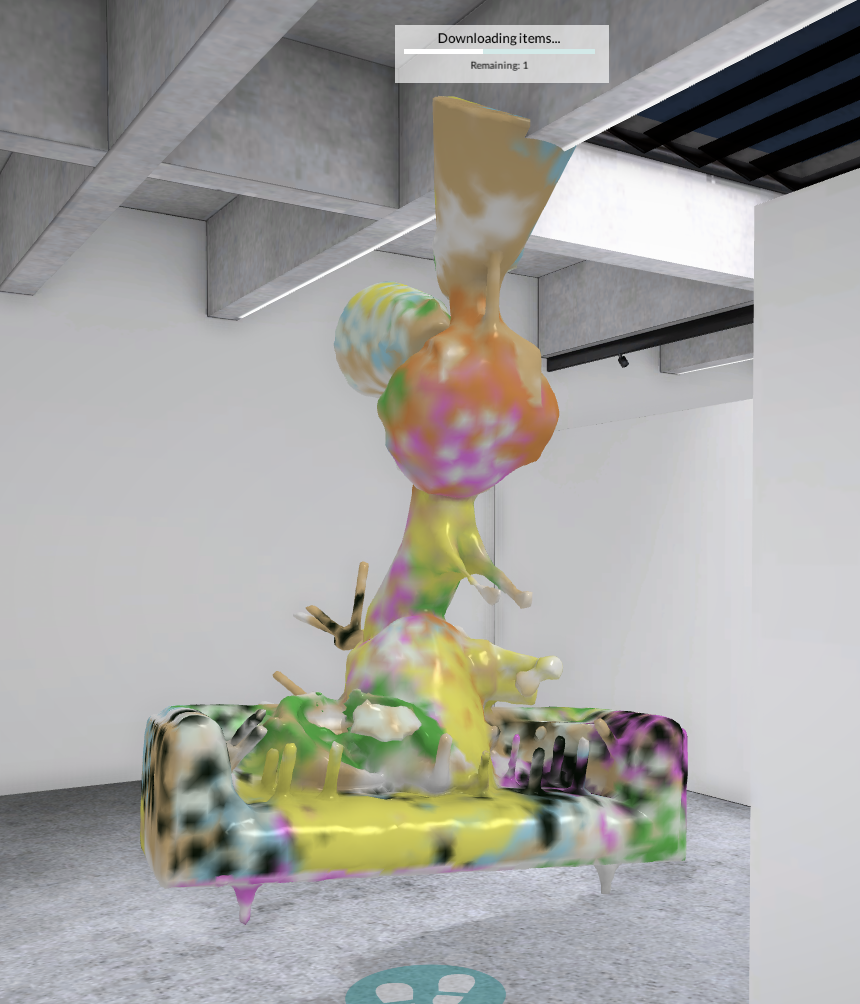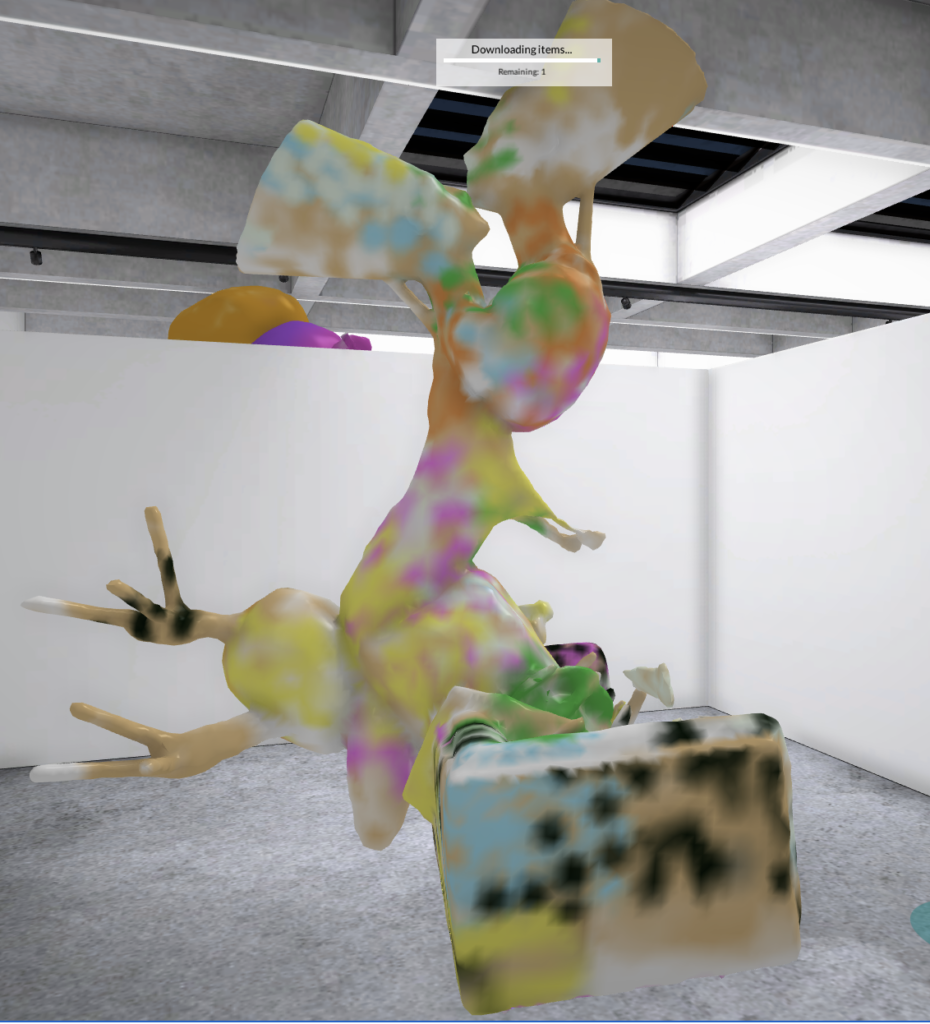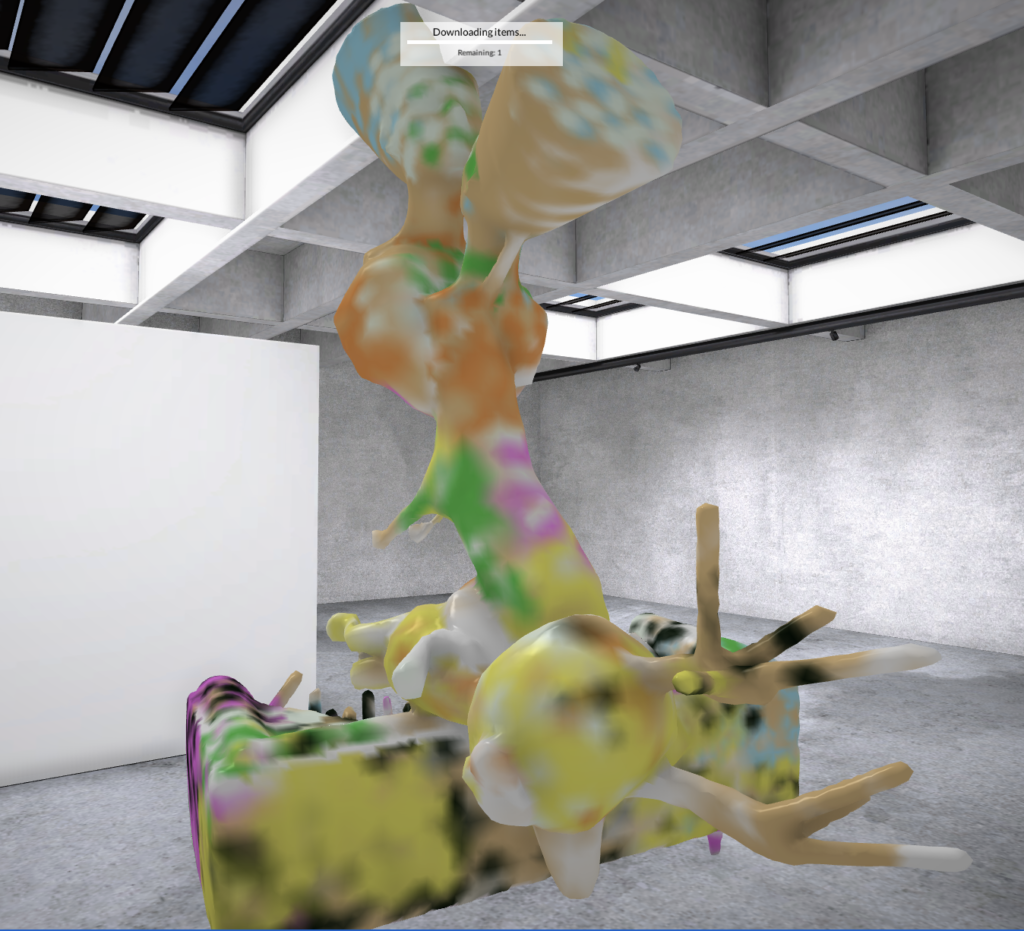Site Intervention
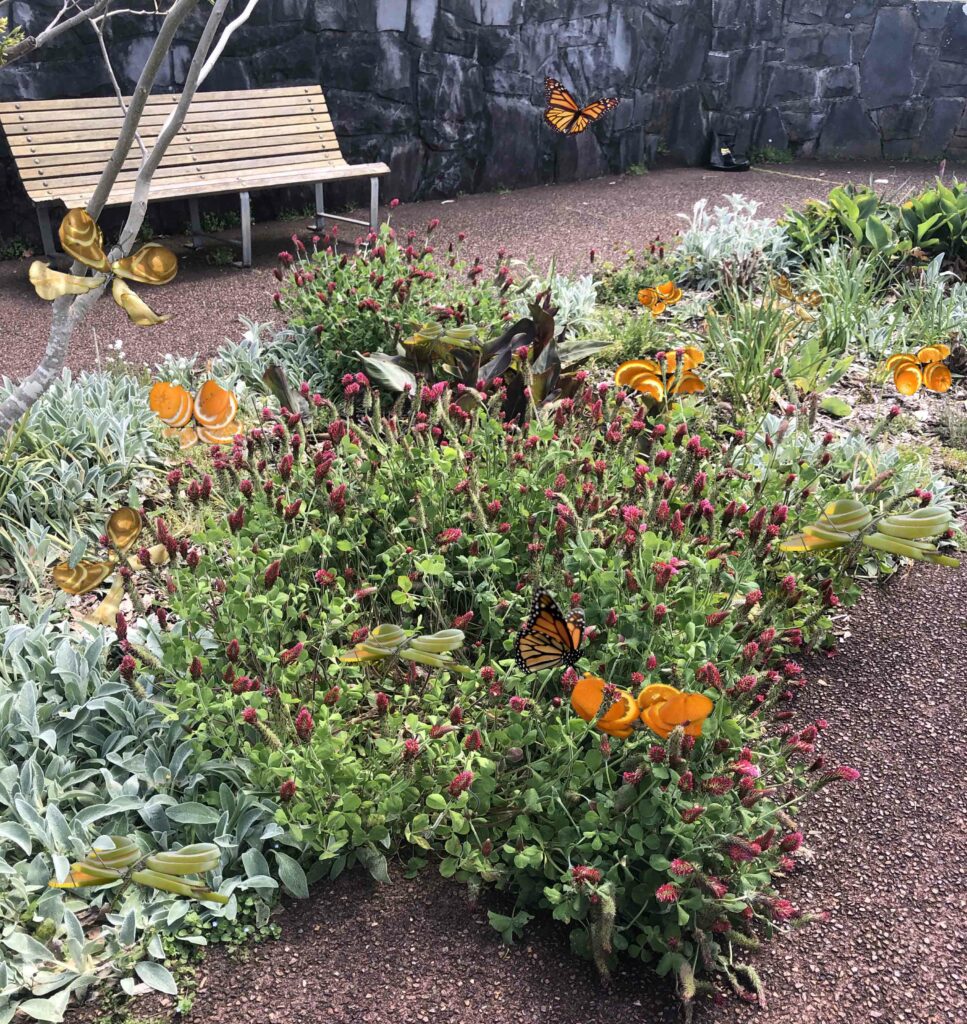
I have decided to present my final work in a photoshopped image to further communicate the entirety of my idea for this site intervention.
One of the biggest points made when site interventions were introduced to the assignment, was the specific relation that our assemblages have with the site. I feel as though I have channeled this point through my consideration of Cornwall Park, and the reason of which it was founded. My assemblages focus on helping the insects in Cornwall Park. Cornwall Park was made specifically for people to enjoy nature, and it is so important that we have insects in order to have nature.
I have previously explored how scale can impact the interaction a viewer has with a sculpture, and the impact that size can have on viewing of the work. I find it interesting how scale in sculptural form is often compared with the size of the viewers looking at the work. My final presentation explores scale in a way that takes into account the scale of an individual object, and the scale of an accumulation of objects. Through my exploration, I found that scale heavily impacts the noticeability of artwork in response to people, and how it can be used to attract and also deny attention. I decided to make my final site intervention an accumulation of multiple assemblages to attract people as well as insects, this is a scale in accumulation, not size. My assemblages were commonly missed by the Cornwall Park population due to their size. Because I could not change the scale in real life, I needed to consider how I could utilize scale in a different way to elevate the site intervention. The larger-sized accumulation or more than only four assemblages allows for the site intervention to become more noticeable in the digital space. I believe that if the site intervention were to be found in Cornwall Park, it would in fact be noticeable.
Colour had a huge impact on the attraction of insects and people. Personally, I found it a lot easier to spot the brighter assemblages I made e.g. my orange butterfly assemblage. Colour has a huge impact on the attraction of beings – humans and insects alike. For my final presentation, I have utilized colour to attract insects, as insects are attracted to colour due to the resemblance bright colours have with flowers. In doing this, I have also made the site intervention itself easier to spot by people walking past.
I have found it interesting how working with a combined use of digital and ‘real life’ materials has impacted my work. The question of what is considered as ‘real’ or not is a very philosophical one that has been focused on in this brief. In the circumstance of my final presentation, I have made assemblages in real life which have then been manipulated through photoshop with their size and placement. The assemblages themselves can be found in real life, but they have since been transported into a digital matter. The digital matter does not deny their existence, but it does not necessarily mean that my assemblages and my site intervention are real, as they are not actually there. My site can be found in real life, but the intervention itself is not on the actual site, but if digital spaces are sites themselves, then I have.
This image also shows the spaces of which the viewers could stand or sit to view the site intervention. There is a seat in the background which in real life could allow for the viewers to sit and look at my assemblages, as well as watch the insects interact with them. There is also a sectioned walkway that surrounds the entire garden, allowing the viewers to walk around and view the site intervention from multiple angles. I like how the growing plants impose on the pathway for the viewers, it breaks the boundaries of the site and allows for the viewers to have closer contact with the assemblages. One of my orange assemblages is placed beyond the walkway boundary, which then allows the viewers to touch, smell, and even taste the assemblage as it does not have a defined boundary.
I have enjoyed this brief a lot and it has brought me to further question the literal impacts that material choice, scale, color, viewer interaction, and exhibiting sites can have on an artwork. This brief has come to make me realize an analogy that can be used in multiple different artmaking forms. Artmaking is quite like dressing up, you can create a good outfit with only a shirt, pants, and shoes, but what can make an outfit truly work, is the accessories that you incorporate into the outfit to elevate it from just an outfit to an accumulation of multiple elements which work together to beautifully adorn a person. In terms of art, the artwork is the outfit template, but through considering the viewer-artwork relationship, material use, colour incorporation, scale, and exhibiting space, it elevates the artwork from just an artwork to a piece of art which impacts the viewers, the space, and the integrity of the work.

